If there’s one thing I love, it’s a good personal project. Something interesting and twisty and turny to sink my teeth into. Which, segues really conveniently to sharks, and more accurately, (fossilized) teeth.
The Fossil Hunters (working title) is a new project I began in late spring, 2021, documenting the wide variety of folks who explore the western coast of Maryland’s Chesapeake bay in search of fossilized shark’s teeth, whale and dolphin bones, and whatever else they can pull up. The art of fossil hunters traipses across multiple disciplines from paleontology and geology, to meteorology , climatology, and biology. On its journey it brushes up against anthropology, local tourism, commerce, ecology, and, coming full circle, art.
This is a part 1 of sorts, as I plan on exploring this topic from various angles and in a variety of mediums. Stay tuned!
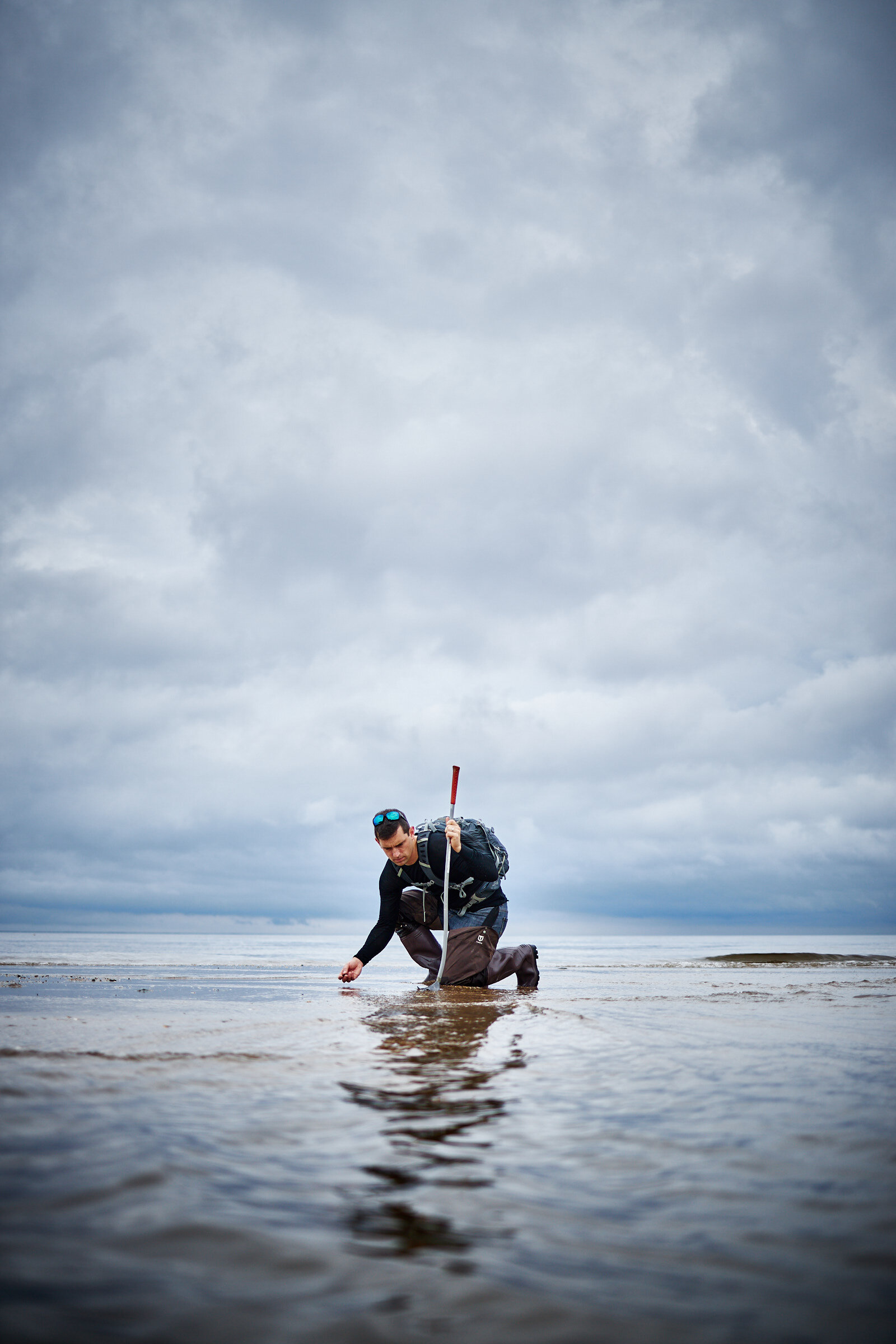
Fossil Hunter Russell Morin searches for fossilized teeth on a sand bar along Calvert Cliffs before the tide completely covers it. [©Matthew Rakola]
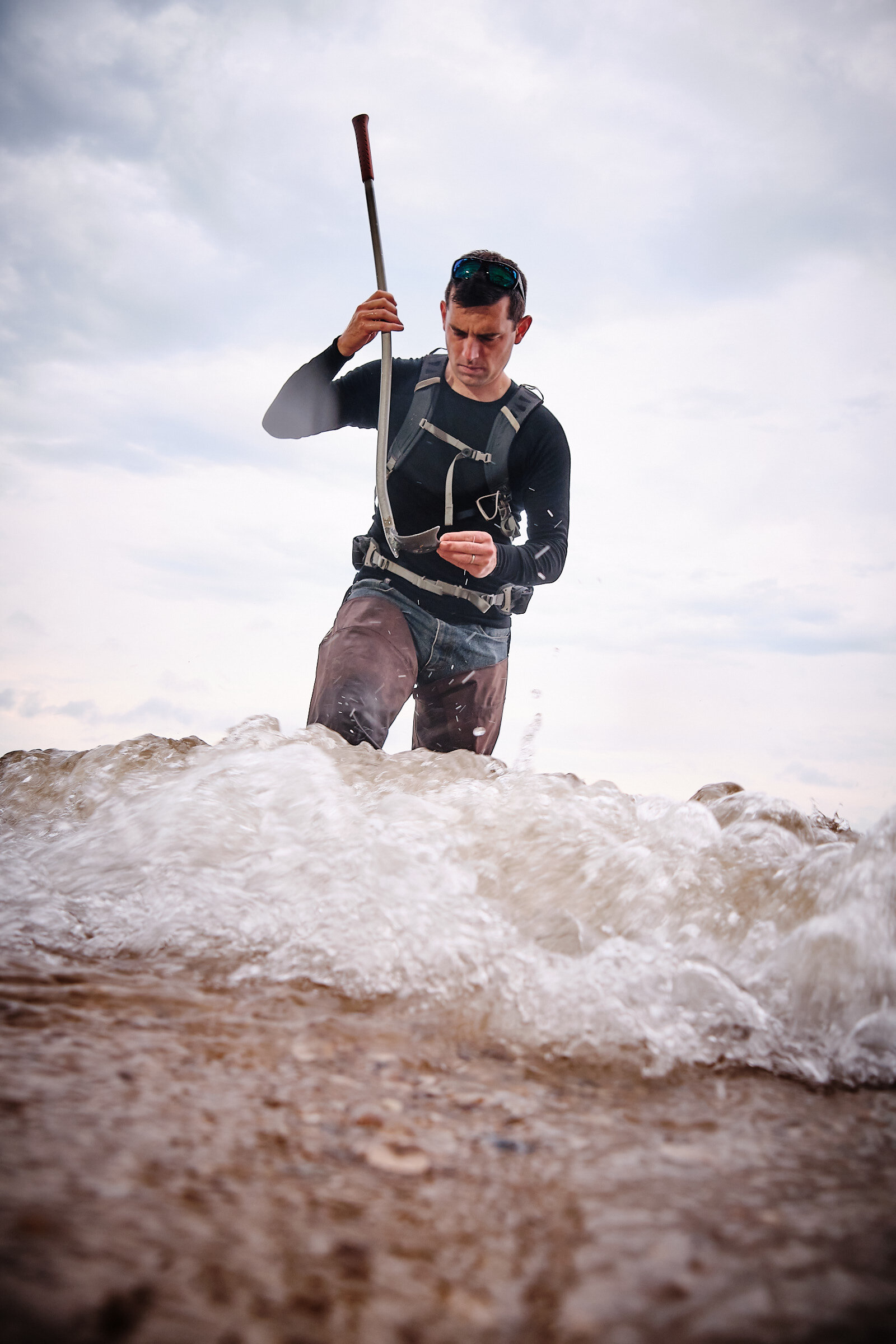
Using a specialized tool, Russell Morin pulls up small amounts of shells, rocks, and (hopefully) a fossil along Calvert Cliffs on the Chesapeake Bay along Maryland’s western shore. [©Matthew Rakola]

Russell Morin’s prized megalodon tooth– measuring about 4.75” on the diagonal. [©Matthew Rakola]

[©Matthew Rakola]
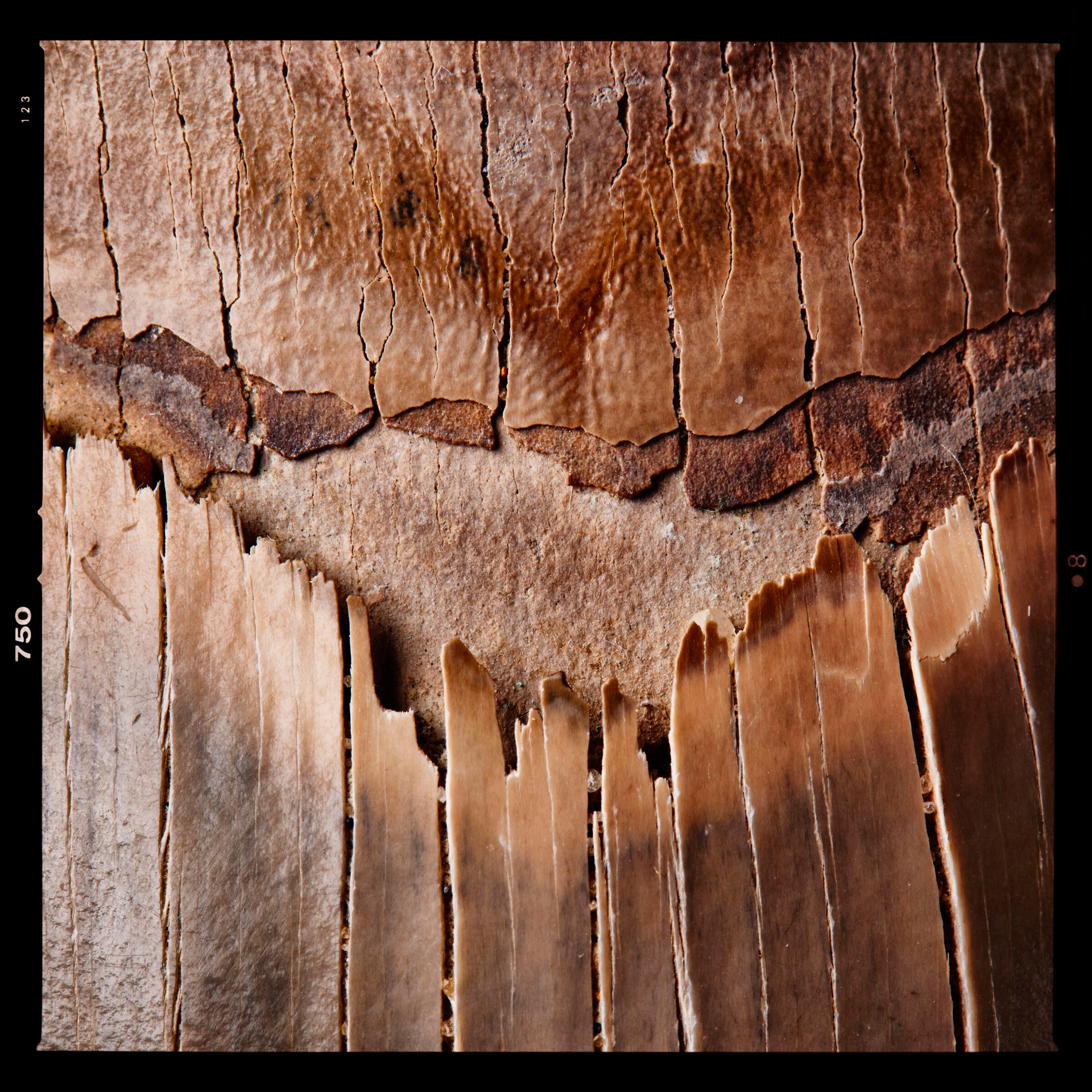
[©Matthew Rakola]
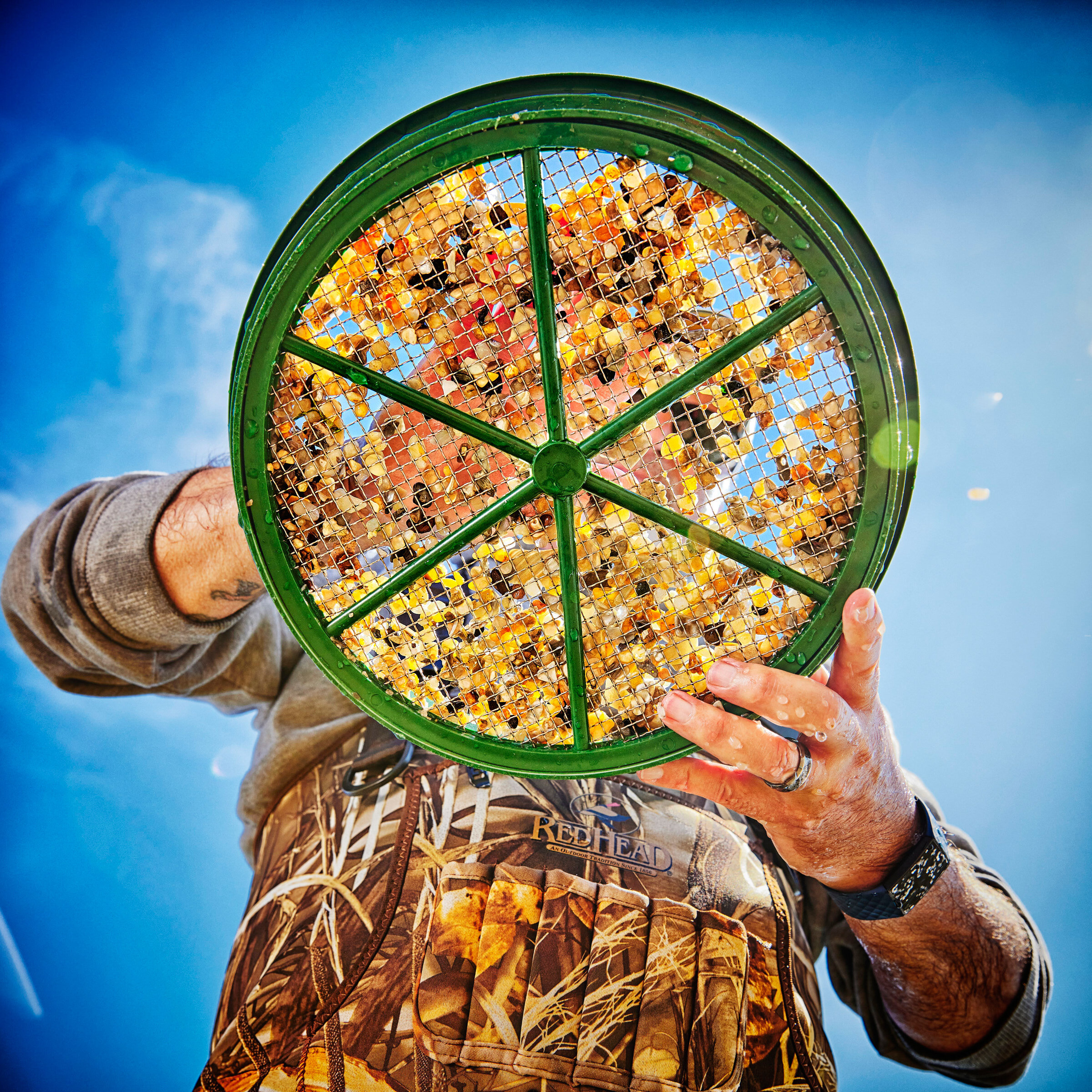
George Porterfield, fossil hunter, at Long Beach in St. Leonard, Maryland. I[©Matthew Rakola]
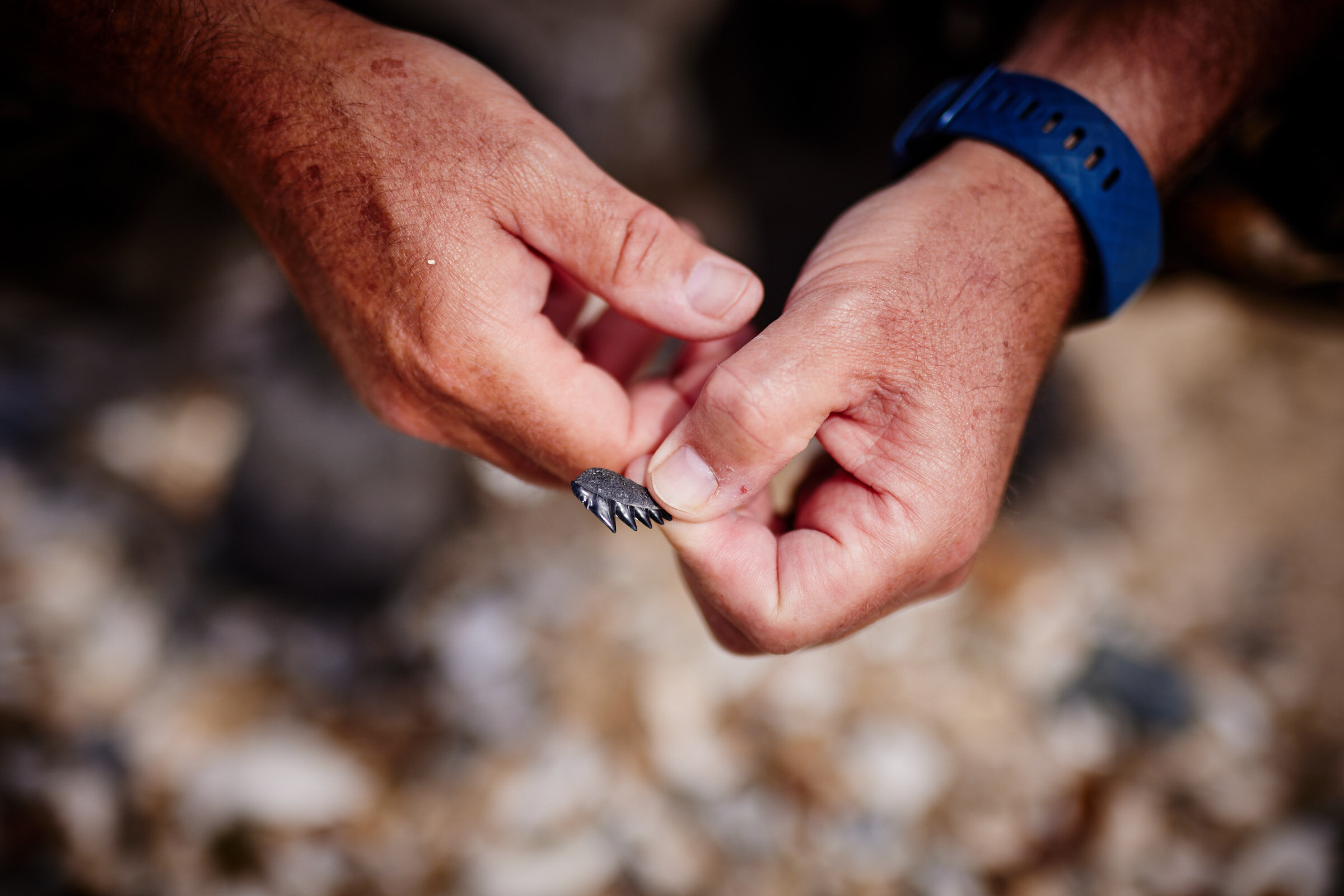
While not as sexy as finding a giant megaladon tooth, a cow shark tooth has it’s own cache. I[©Matthew Rakola]
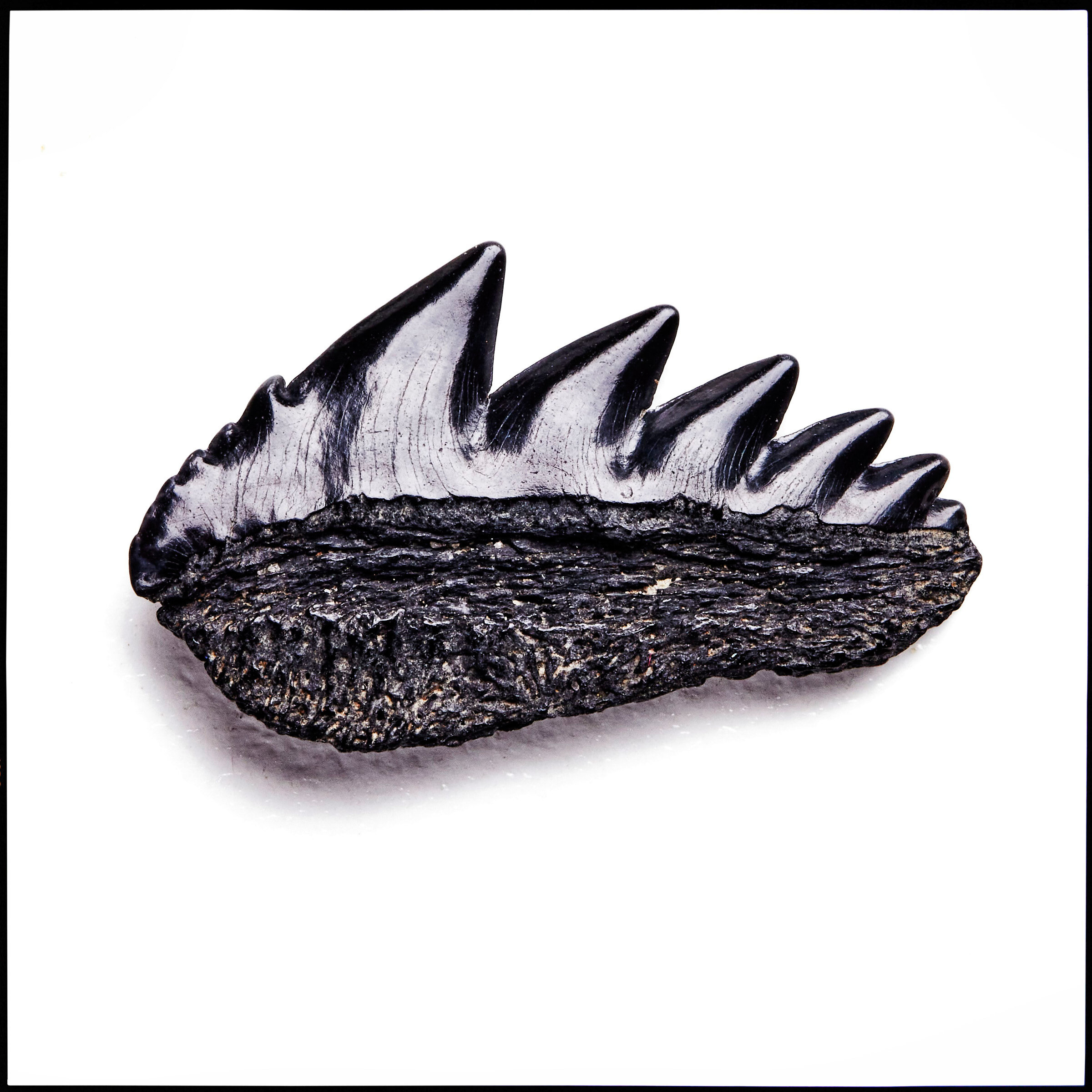
[©Matthew Rakola]
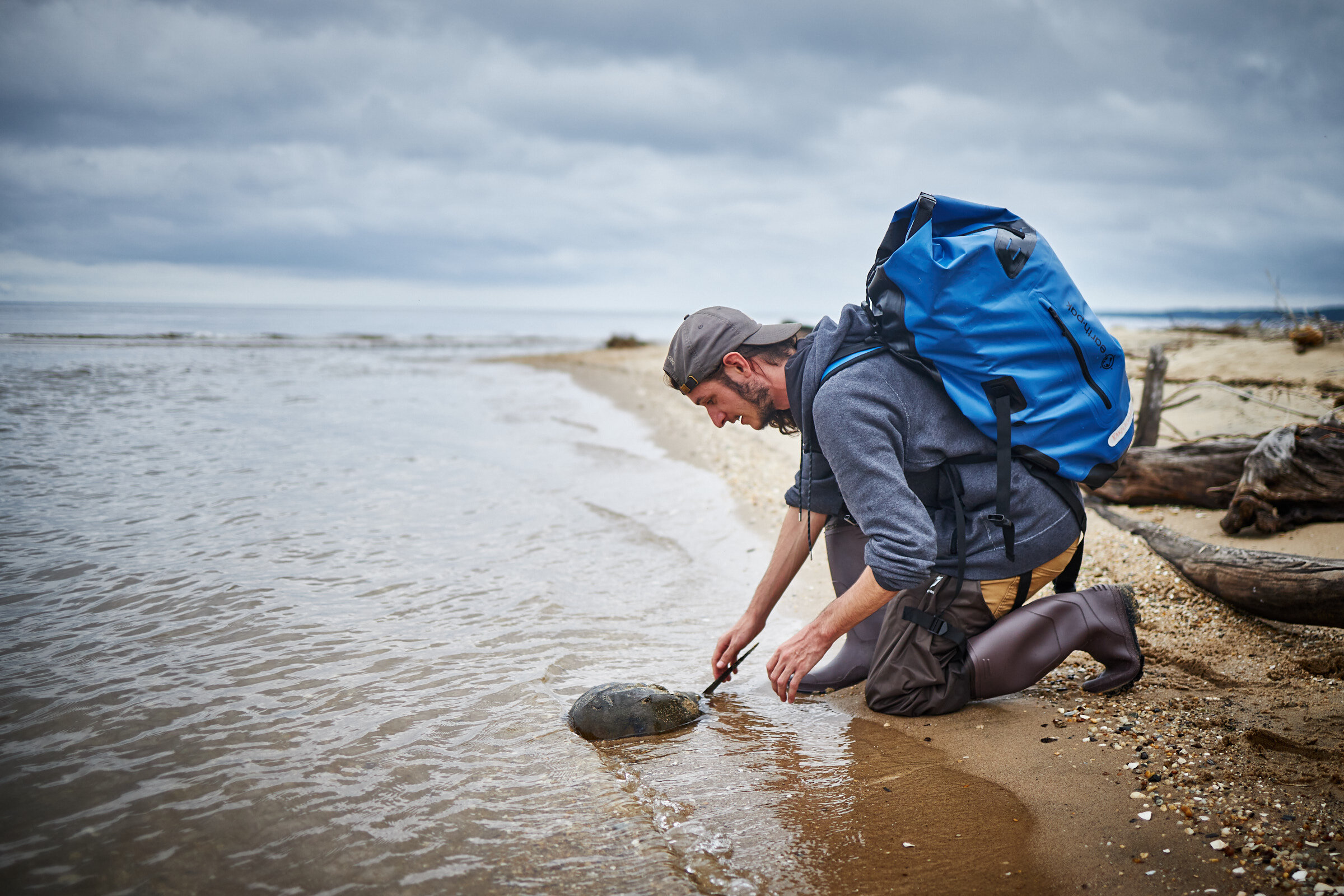
George Civita rescues a horseshoe crab that had been wedged under a fallen log on the beach along Calvert Cliffs on Maryland’s western shore.[©Matthew Rakola]
![George Porterfield, fossil hunter, at Long Beach in St. Leonard, Maryland. I[©Matthew Rakola]](https://images.squarespace-cdn.com/content/v1/5810b797414fb5635ec17858/1624399063800-3RFAYYIF0CXP14E80FTV/21-125-0152.jpg)
George Porterfield, fossil hunter, at Long Beach in St. Leonard, Maryland. I[©Matthew Rakola]
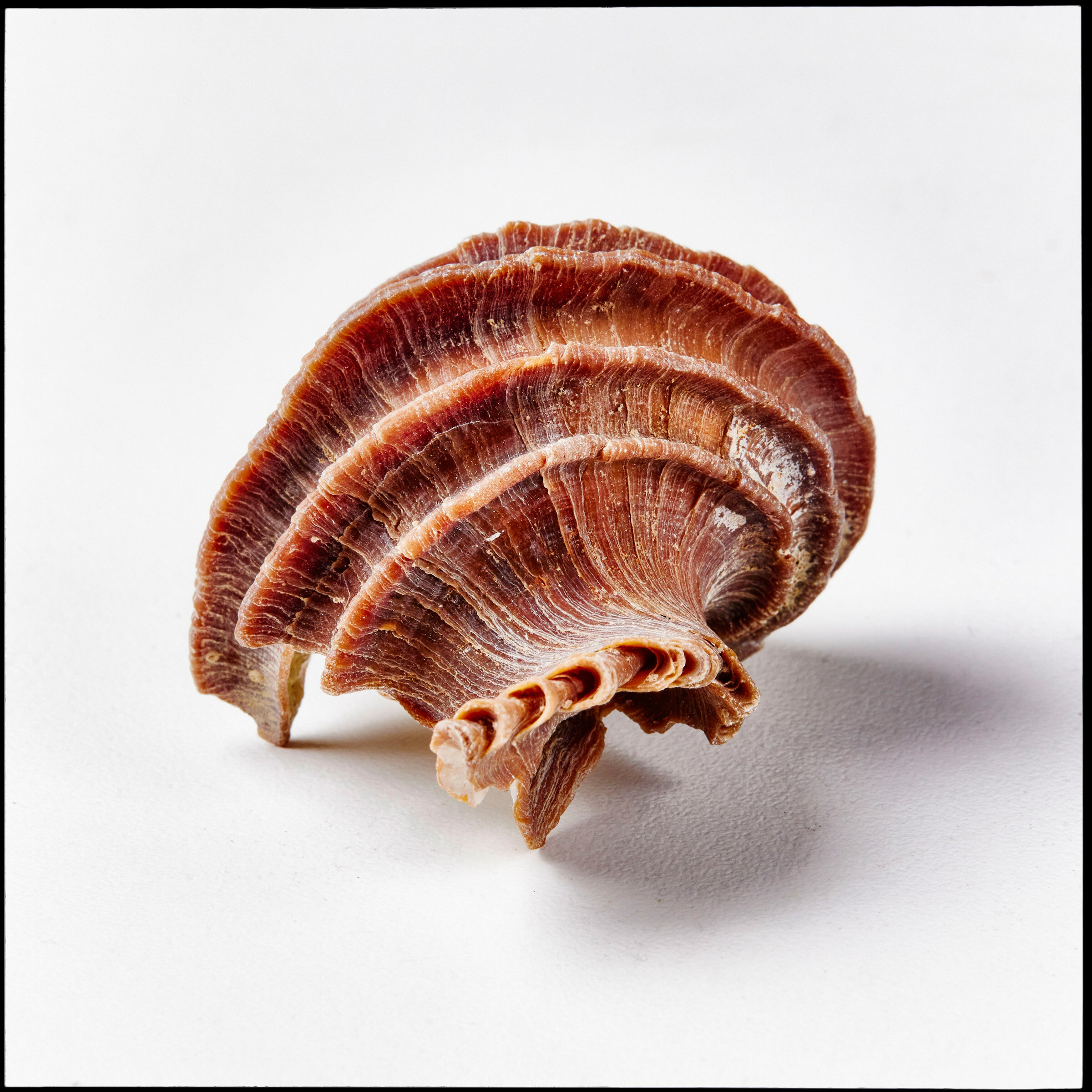
Maryland’s Official Fossil: Ecphora gardnerae gardnerae Wilson[©Matthew Rakola]
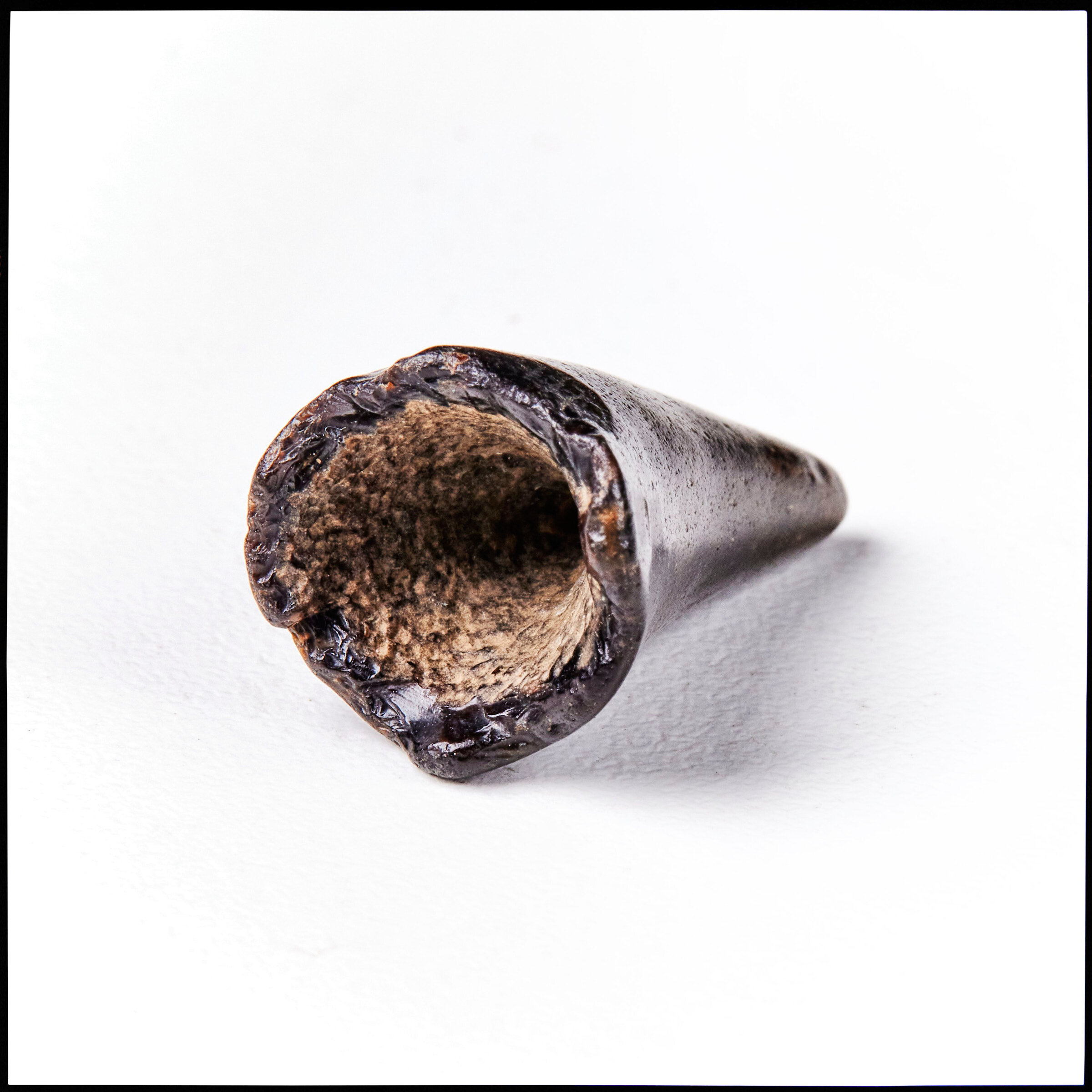
[©Matthew Rakola]

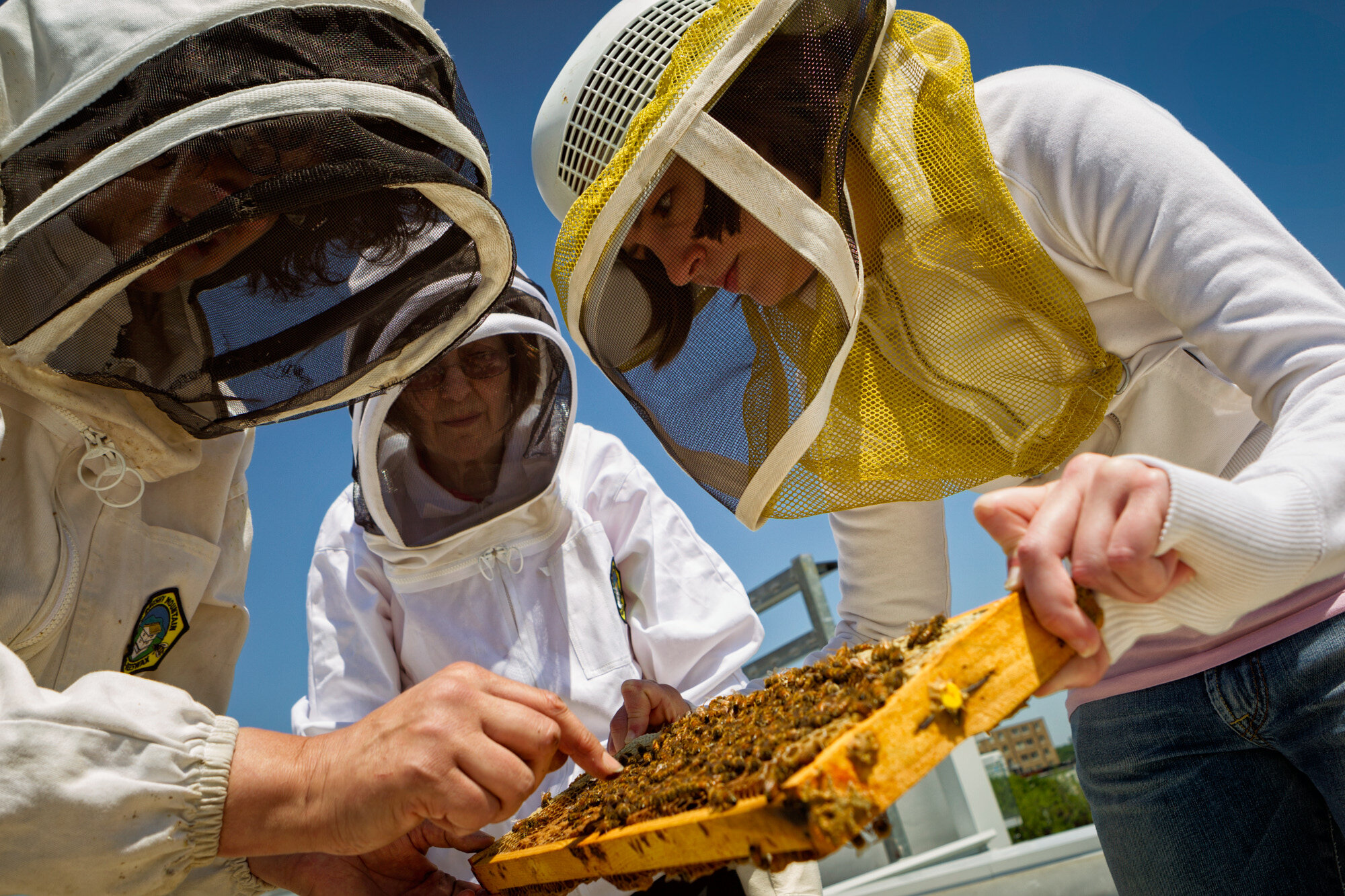


![close up of bees at the Columbia Heights Communicity Center rooftop hive. [image ©Matthew Rakola]](https://images.squarespace-cdn.com/content/v1/5810b797414fb5635ec17858/1620245740273-0CNC38WNVH5EQWKMMVYM/11-131-254-2.jpg)








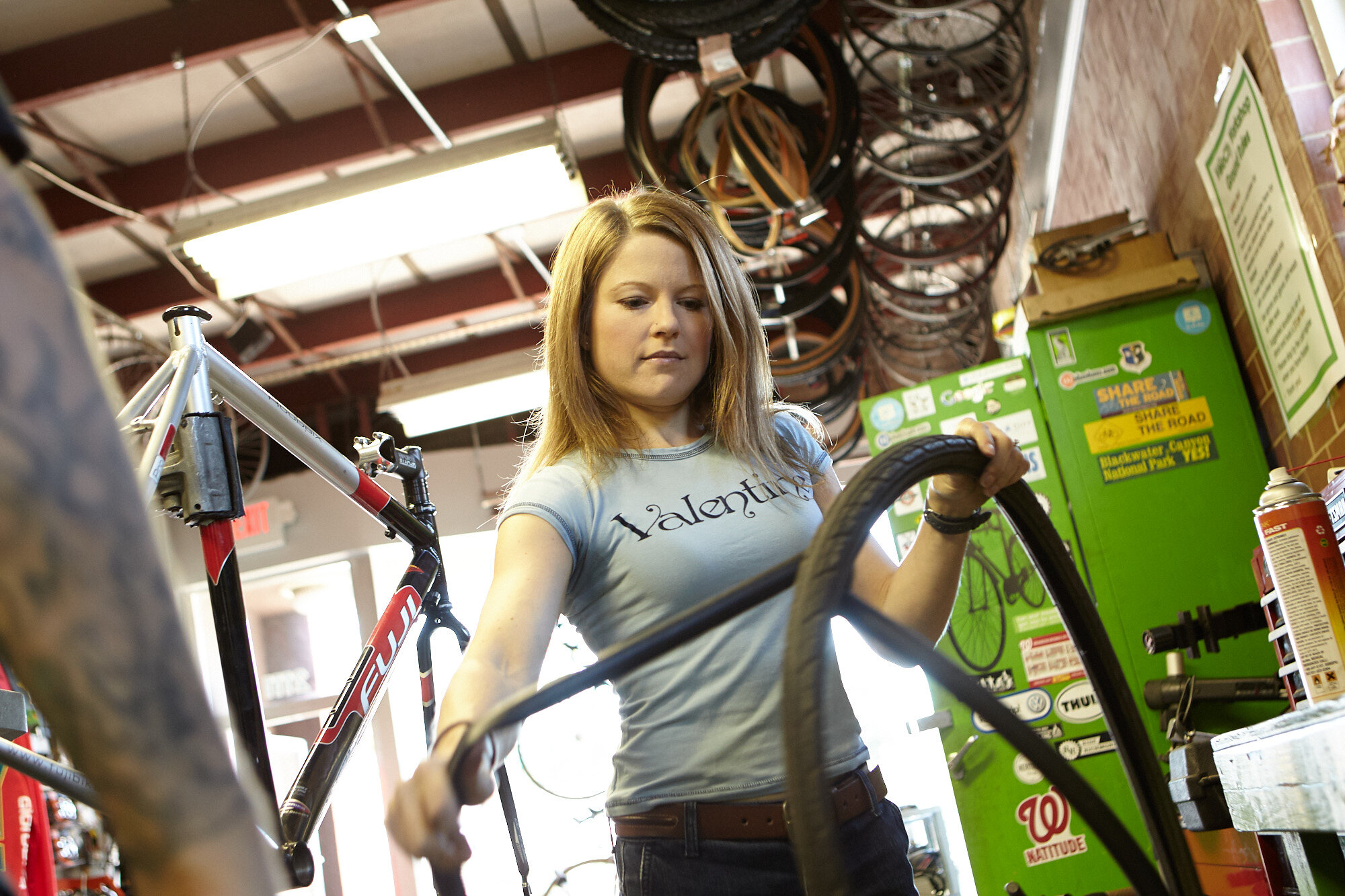
















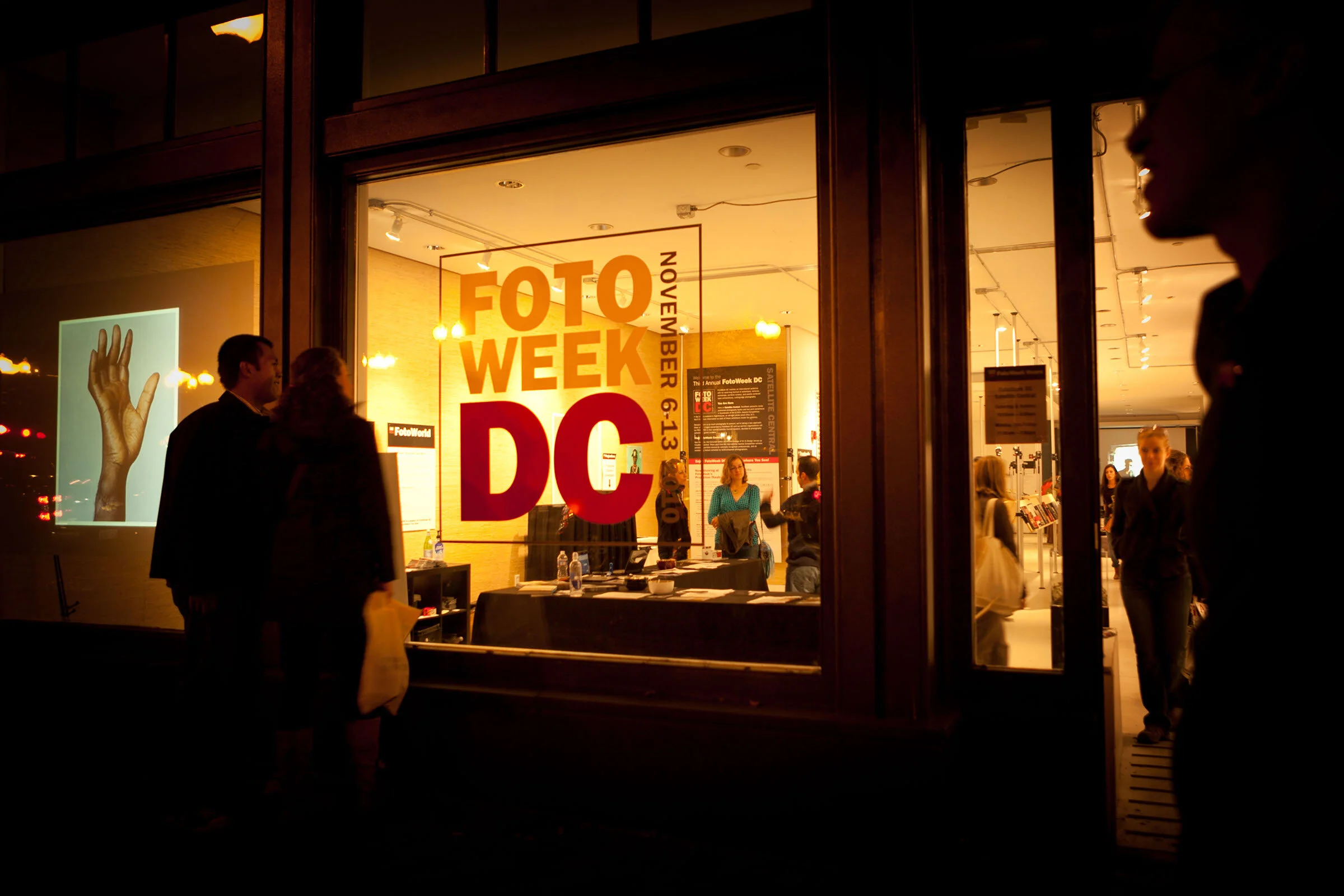
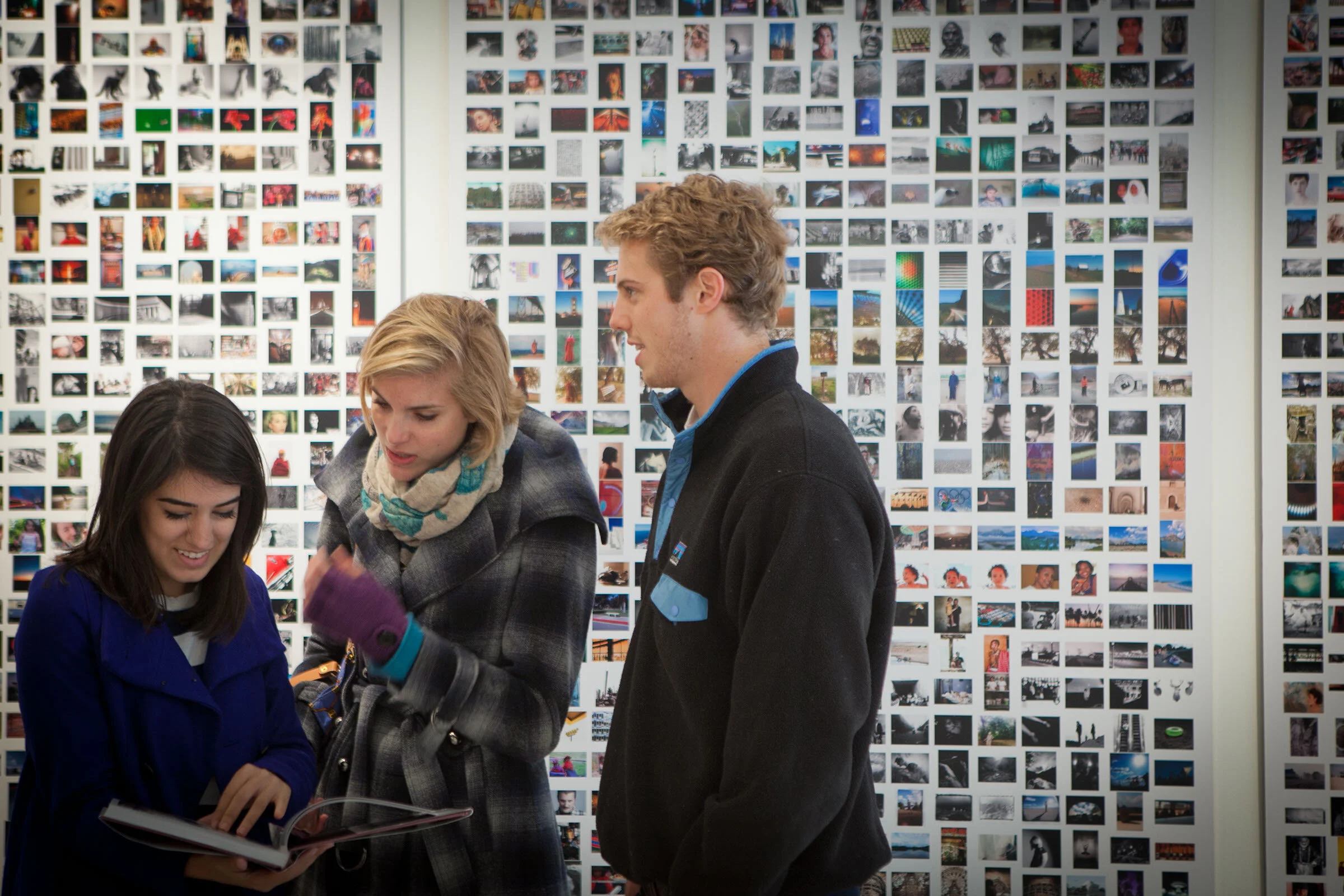
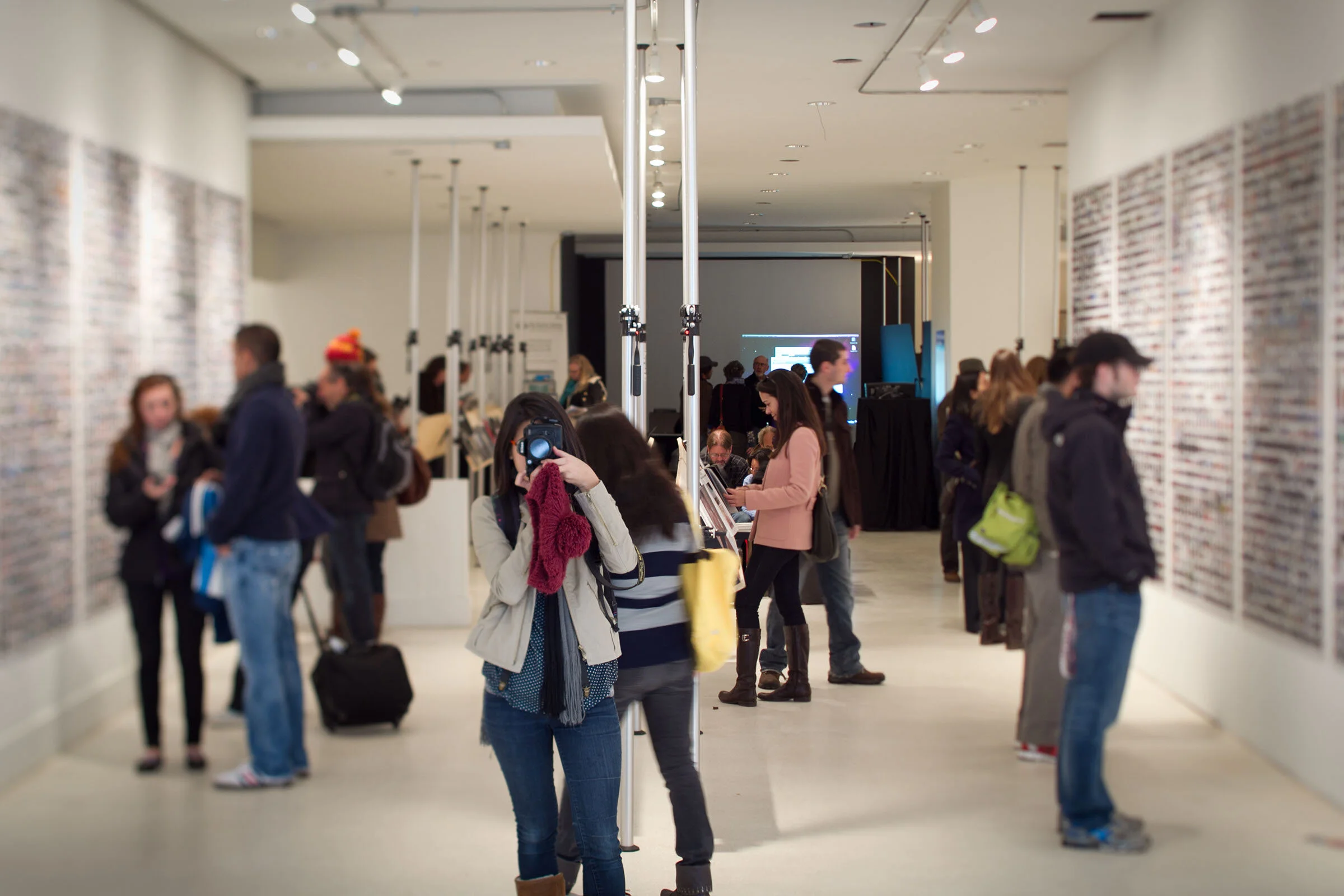
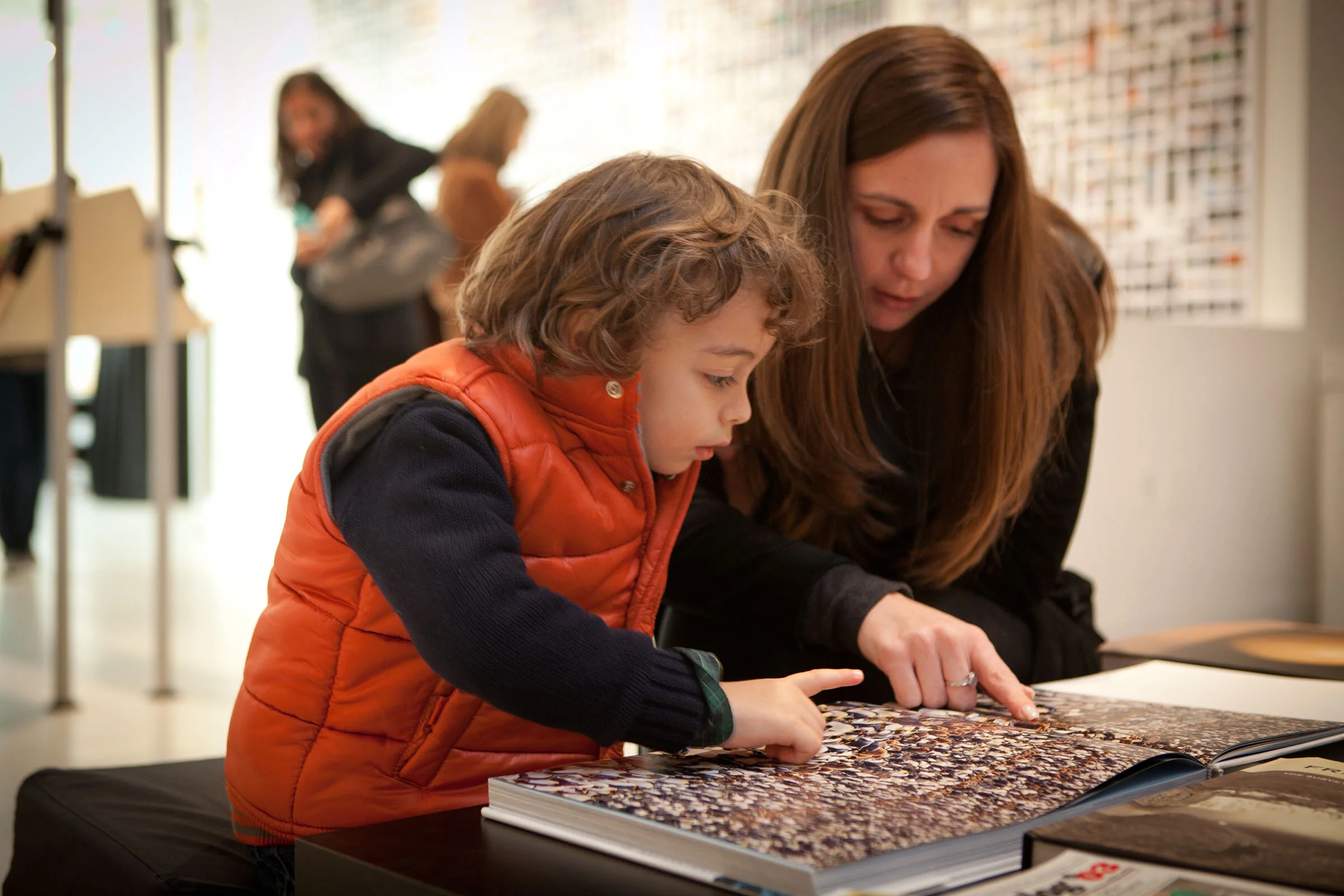
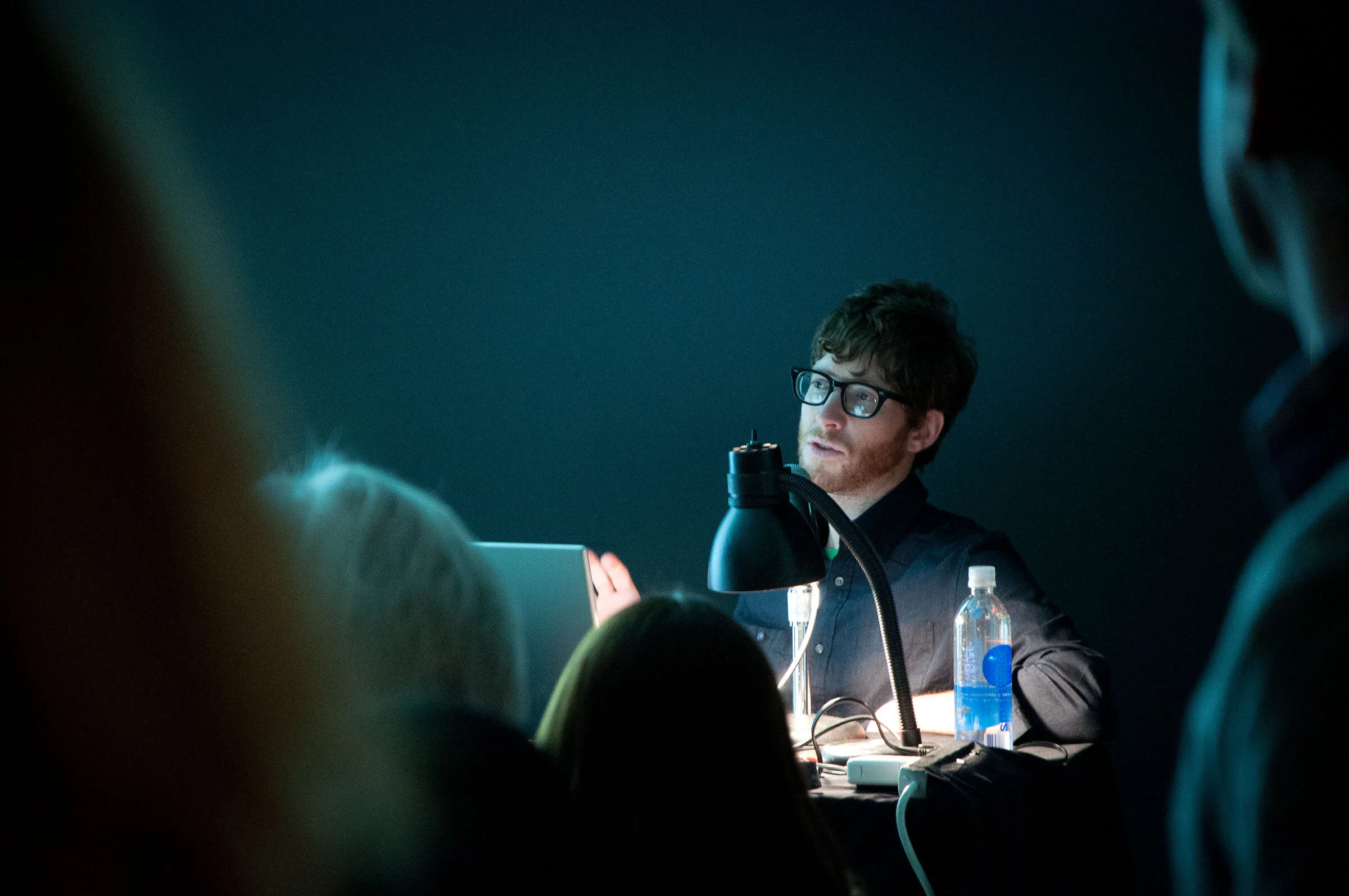
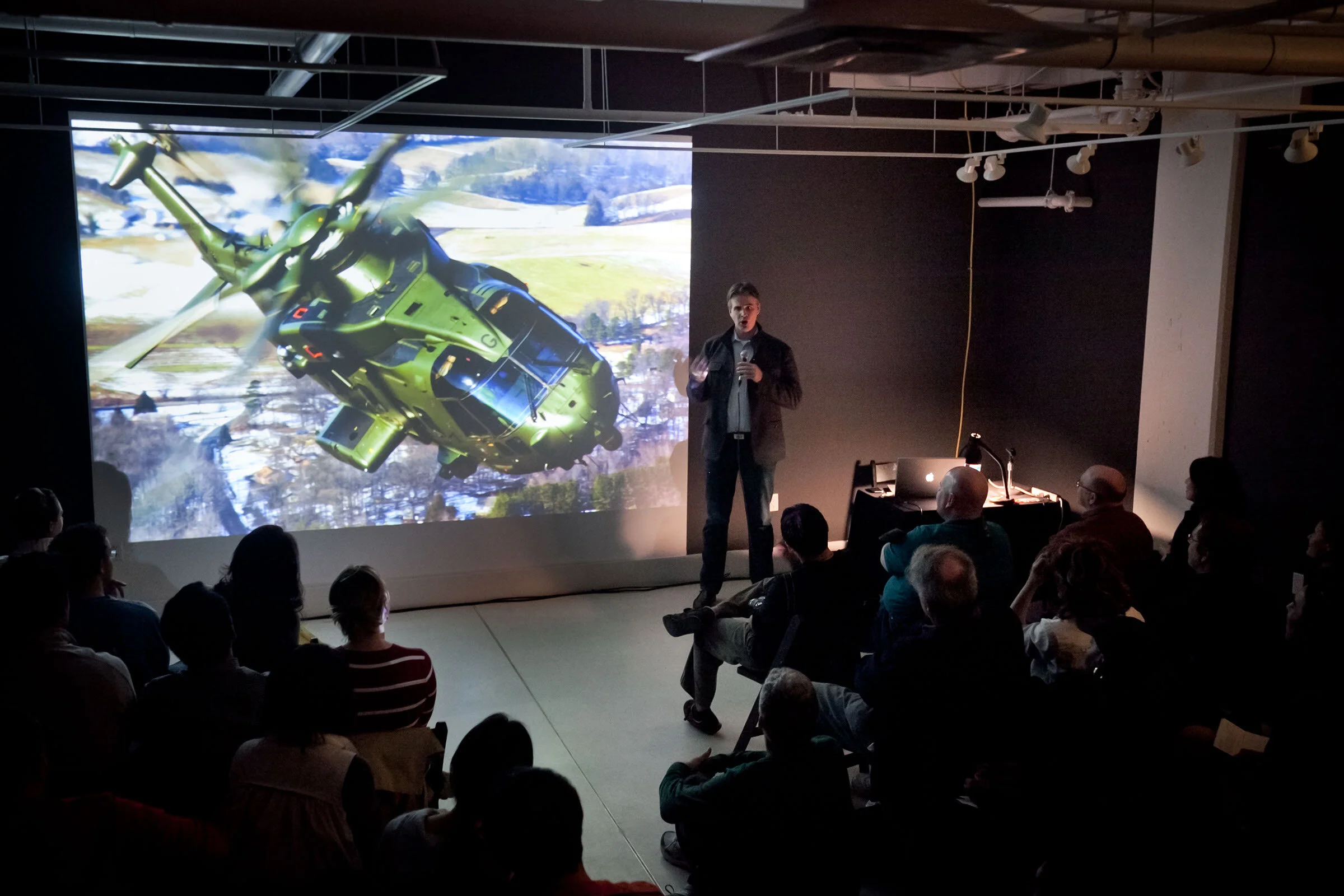

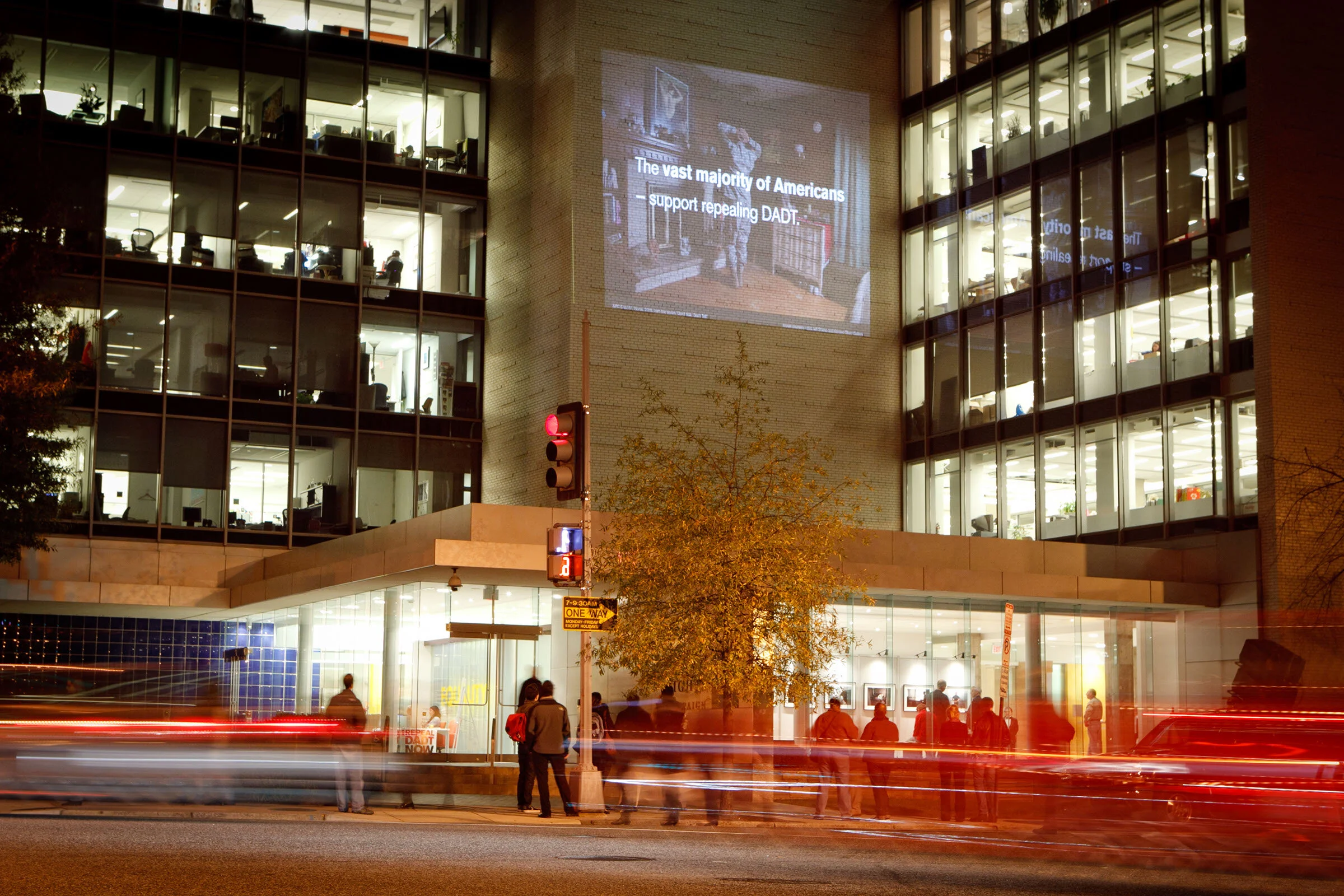
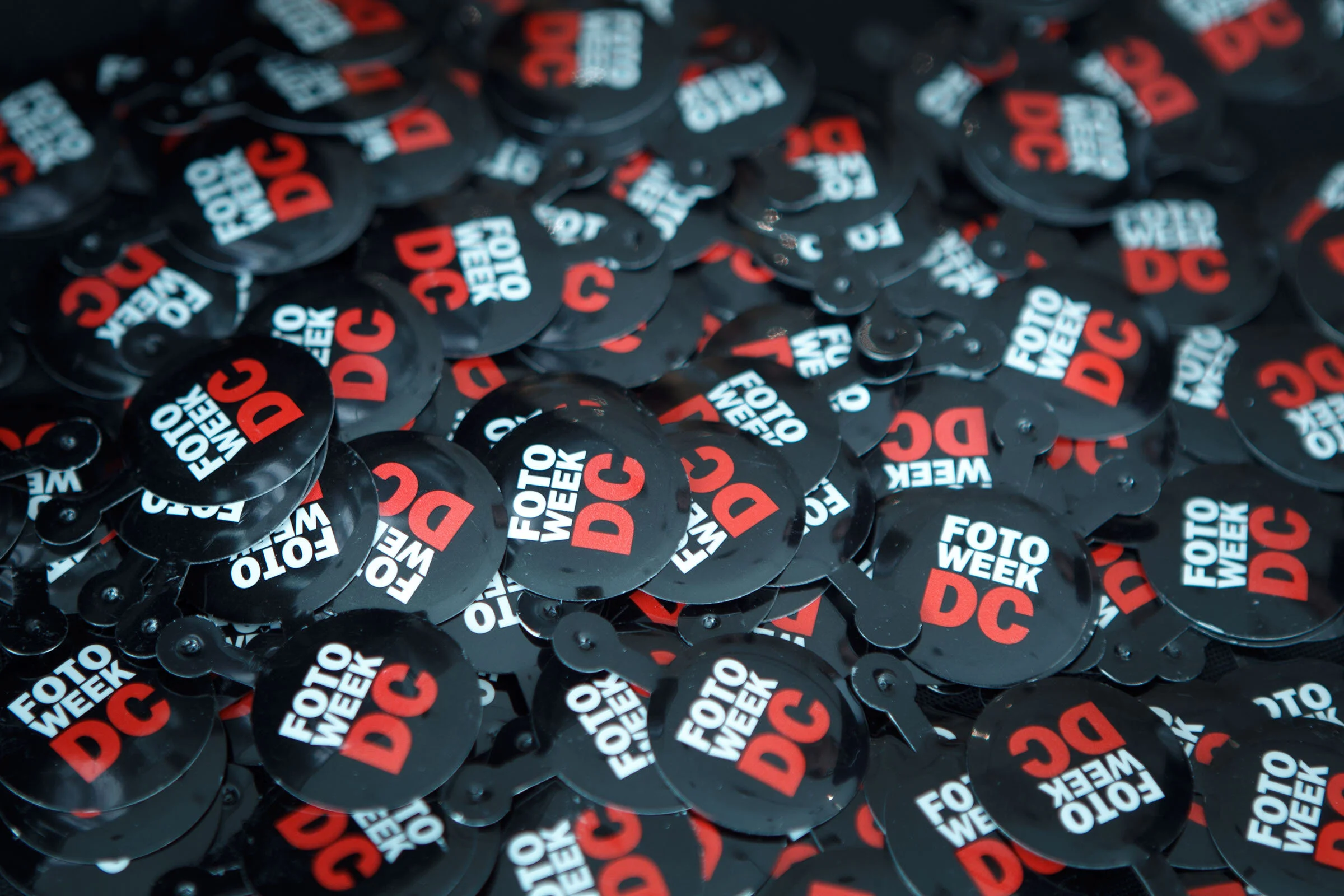

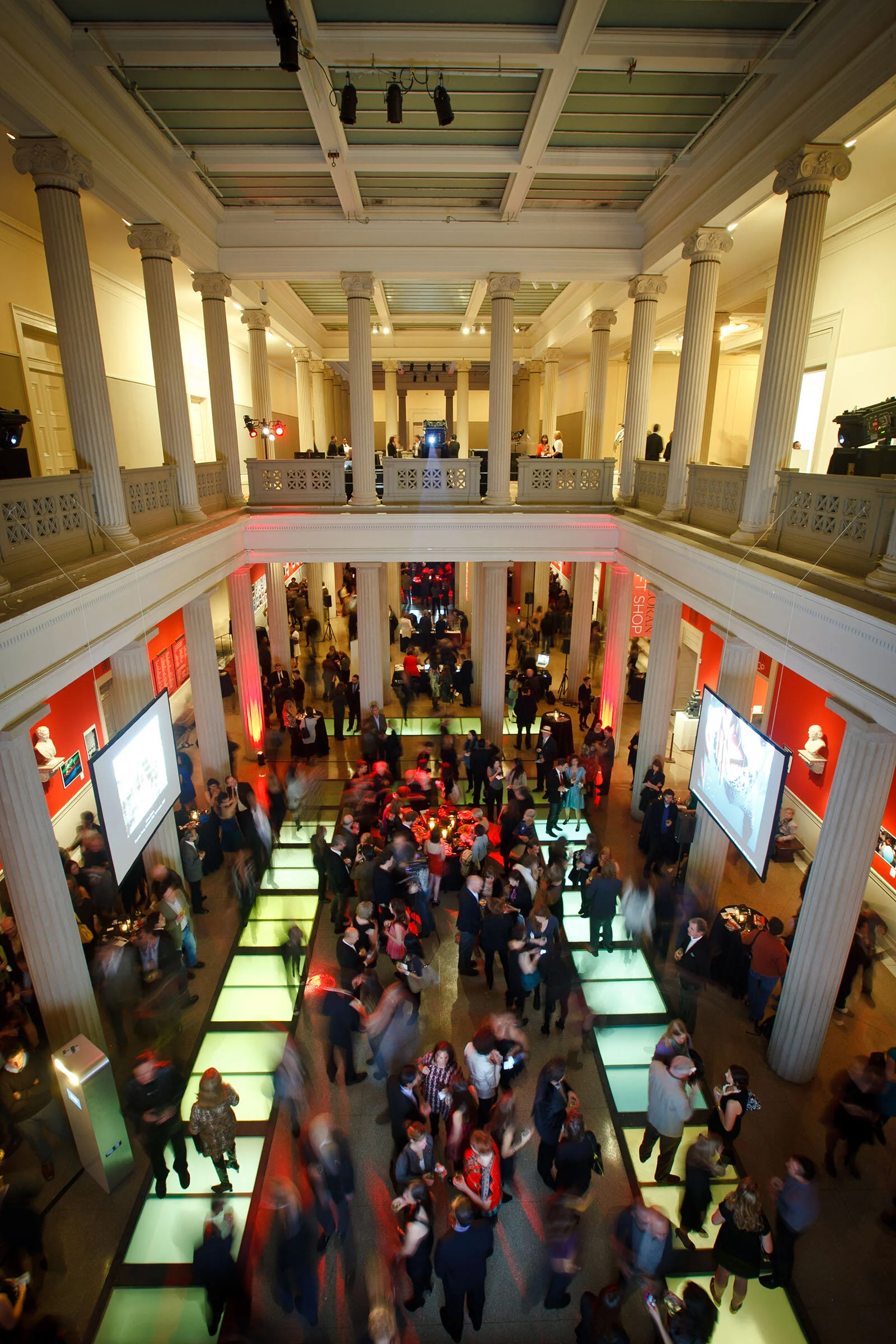
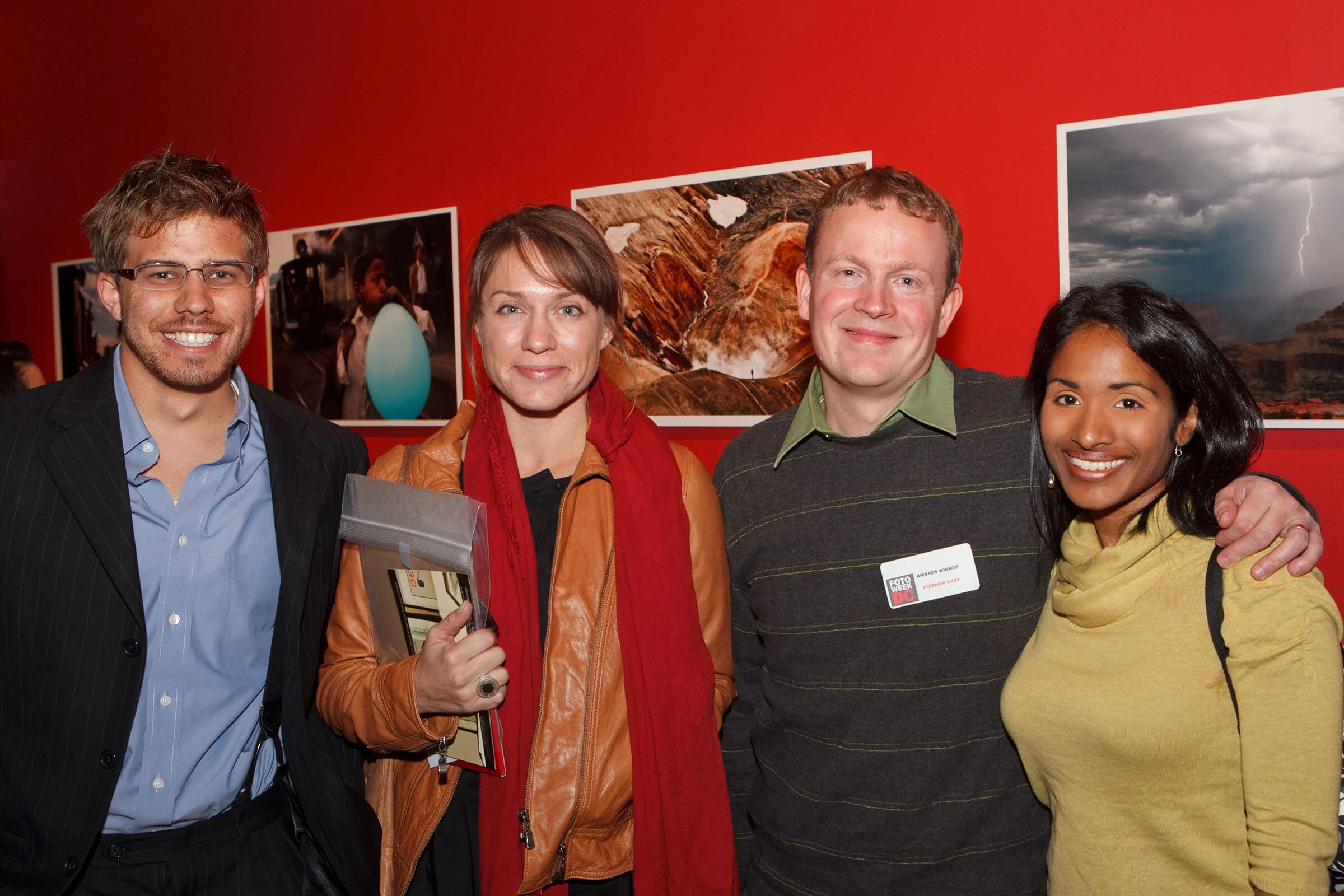
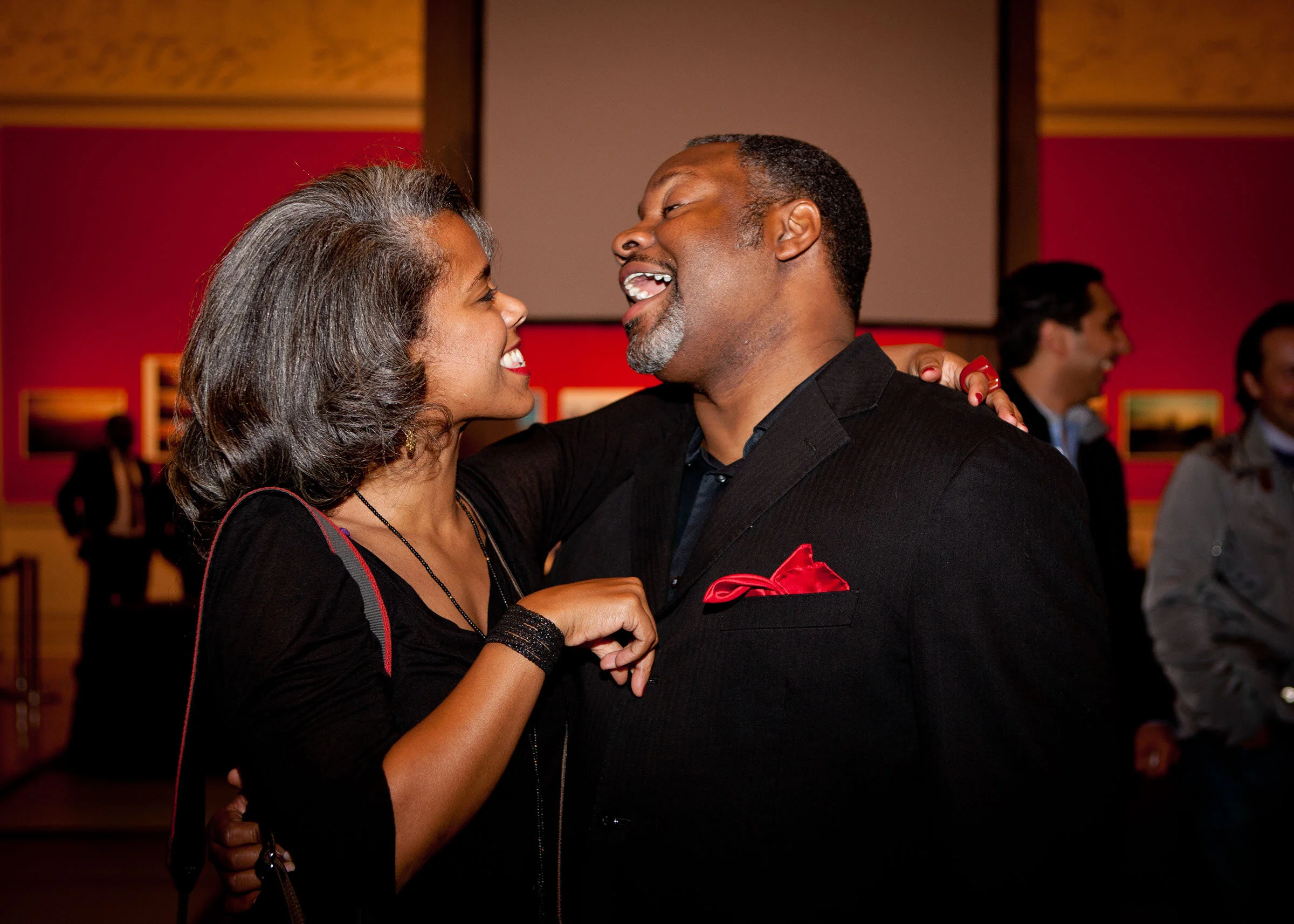
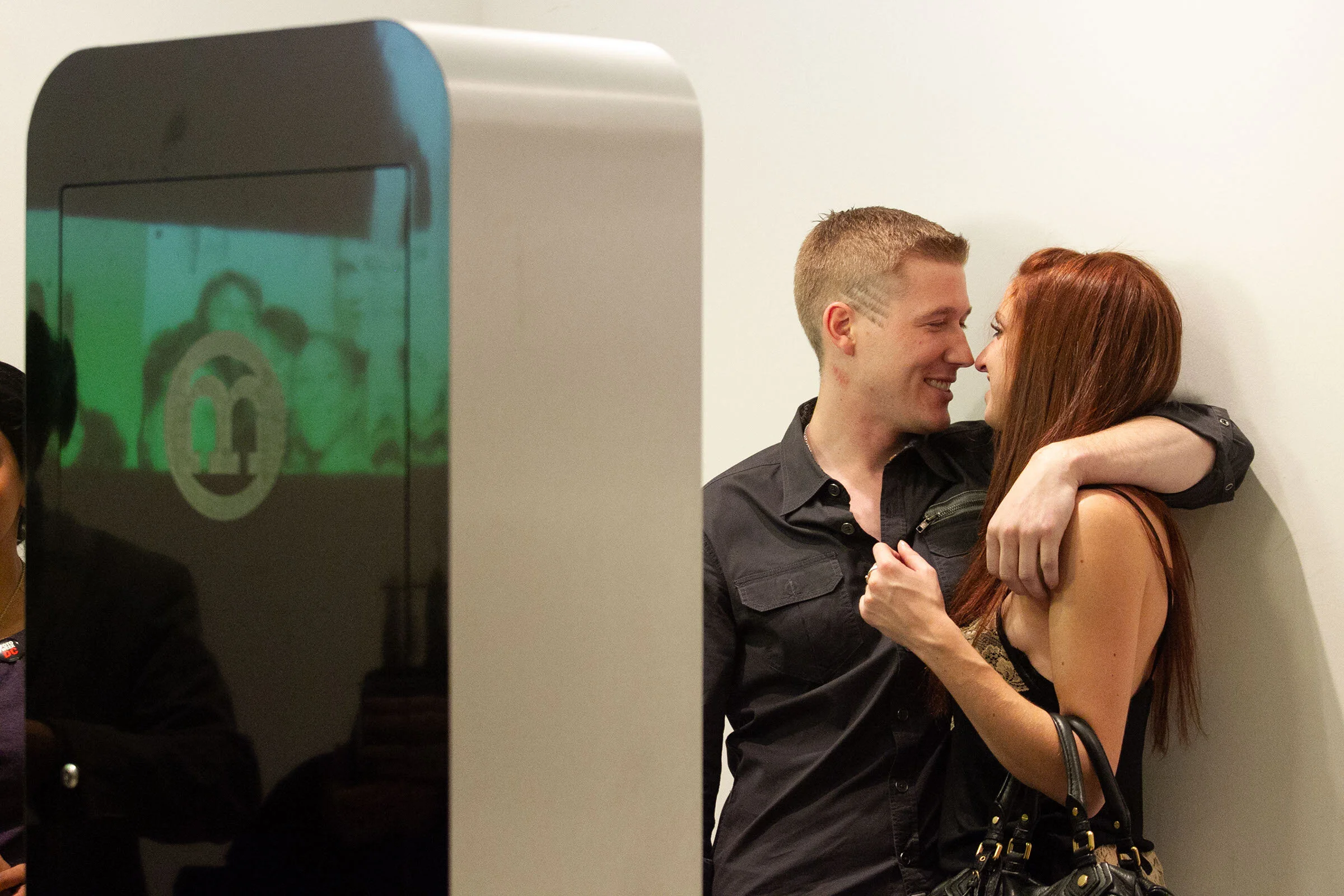
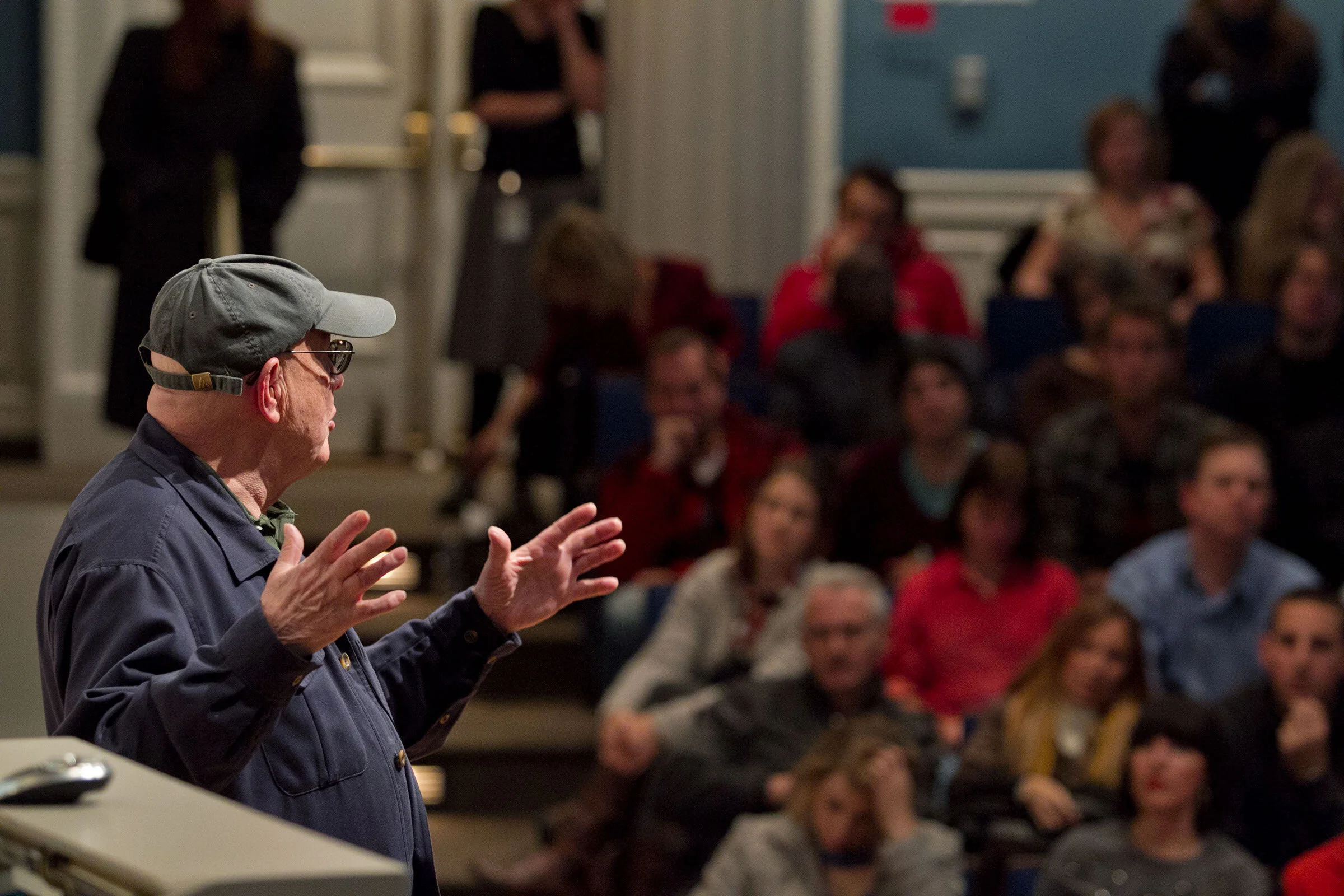
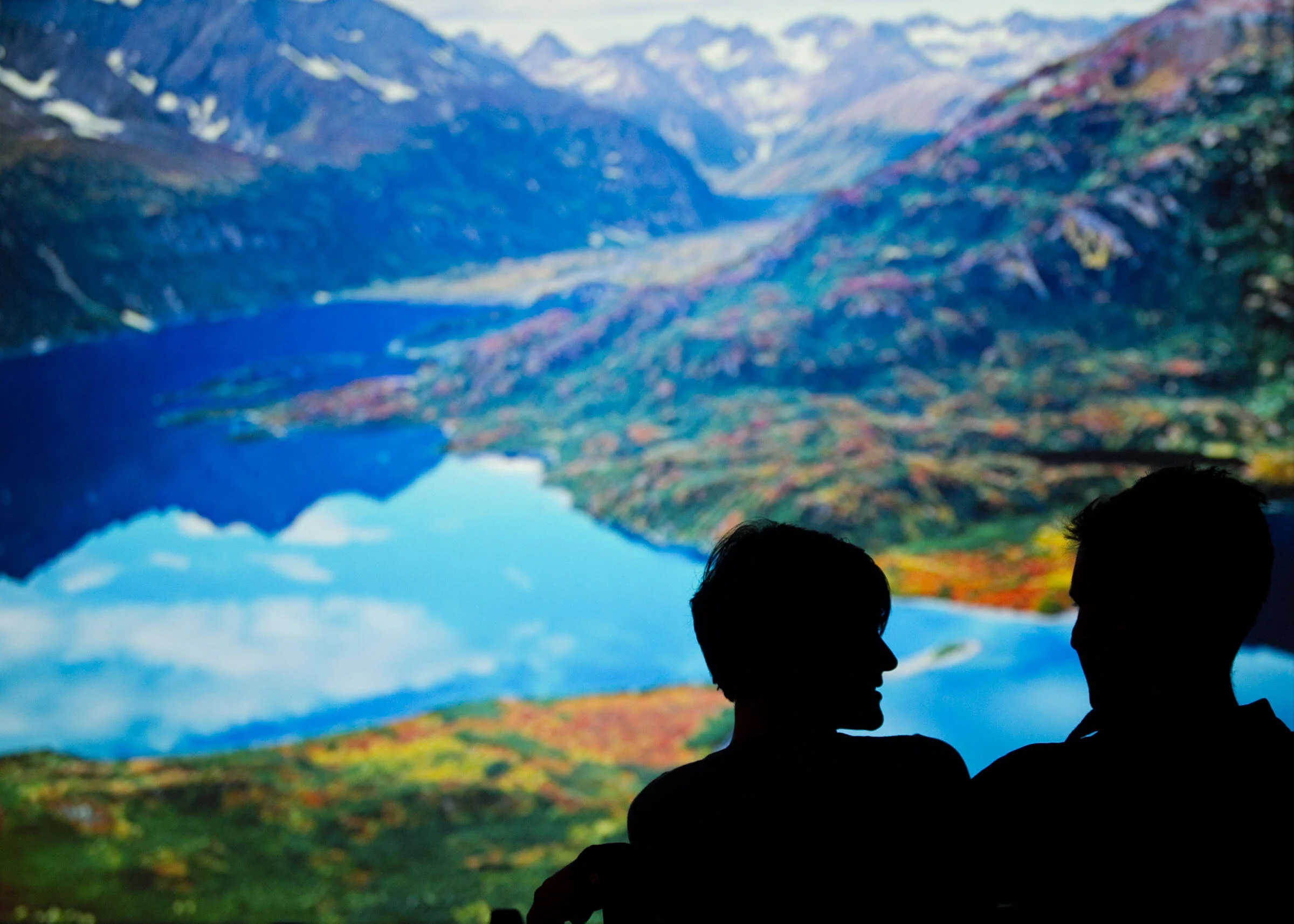
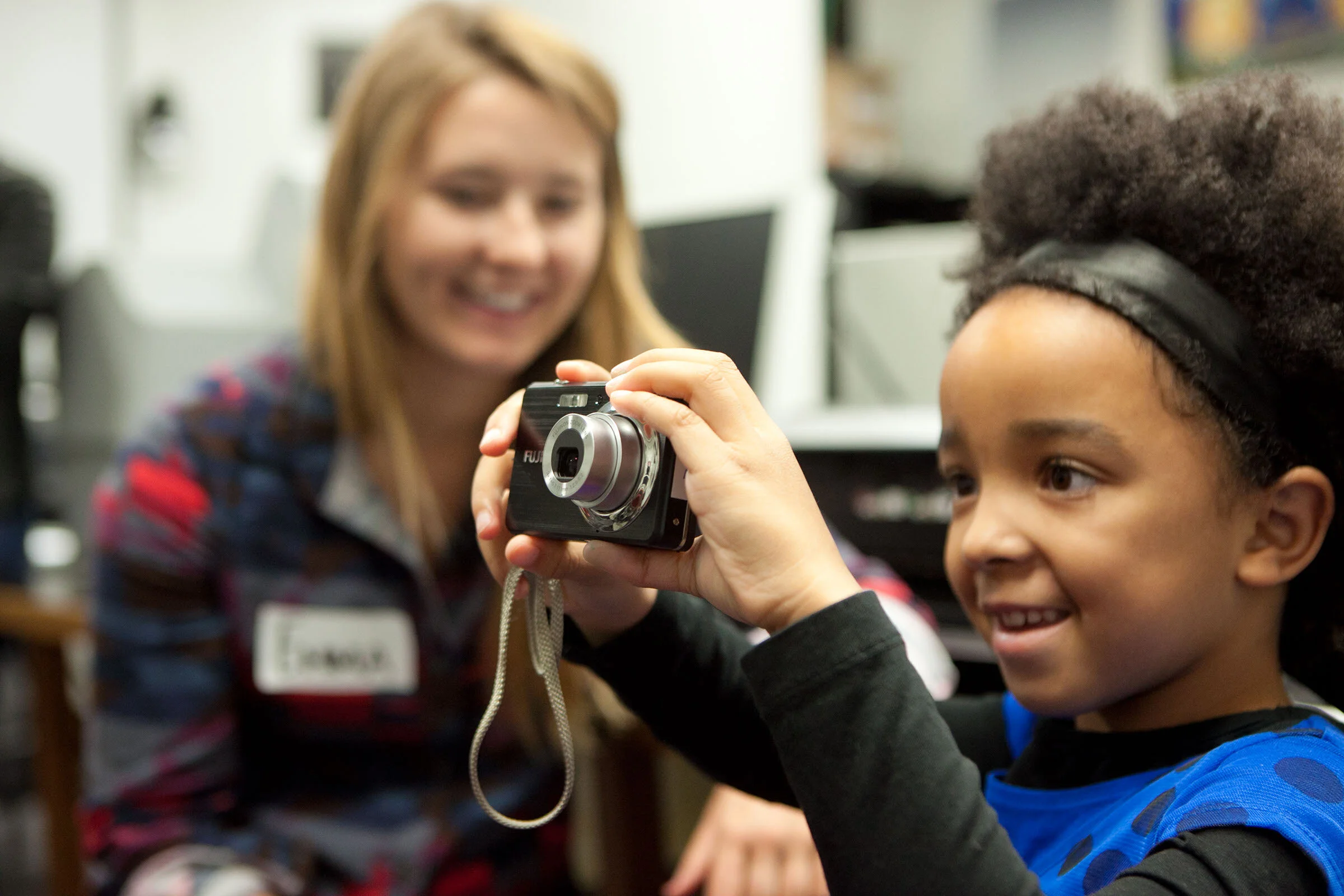
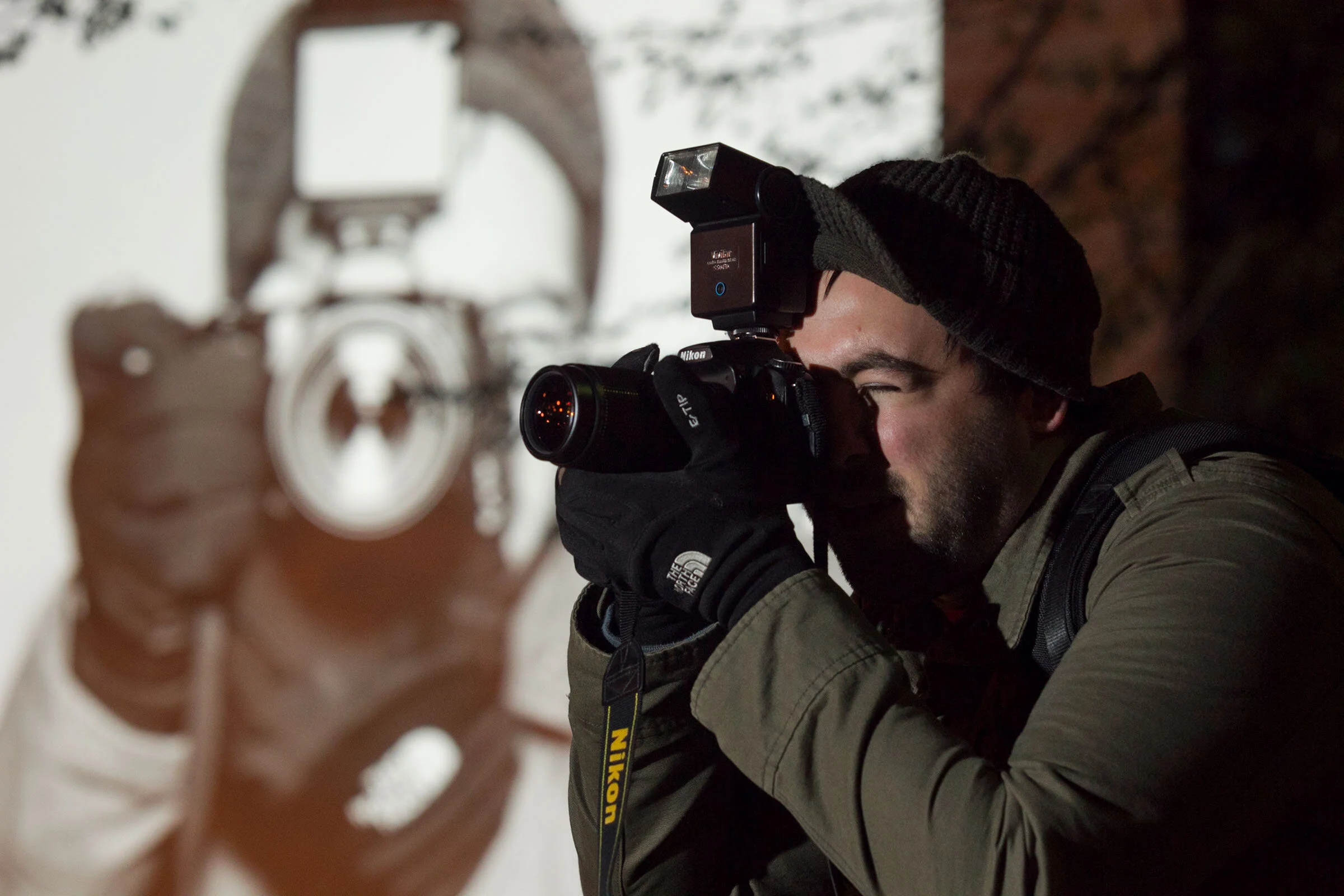

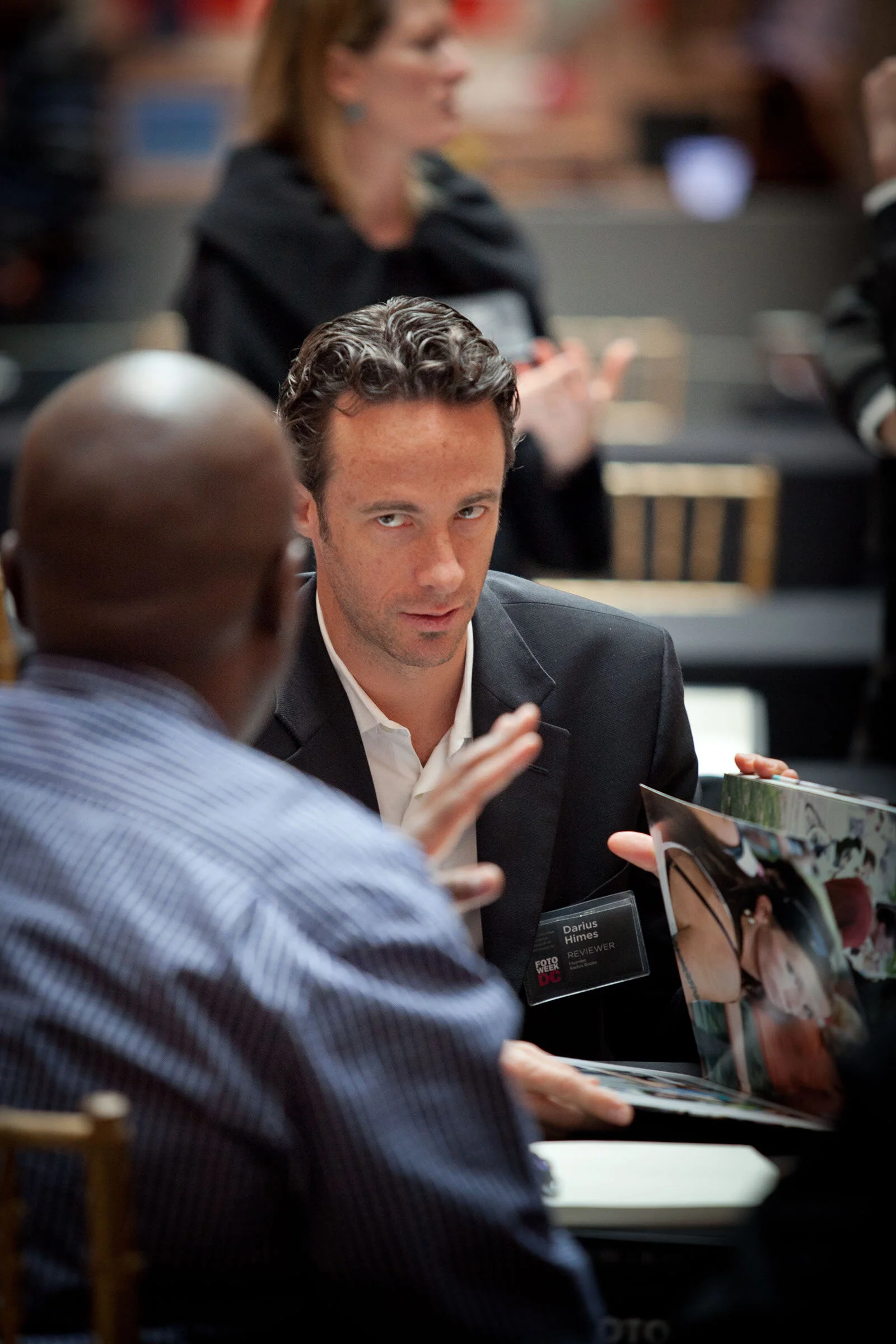
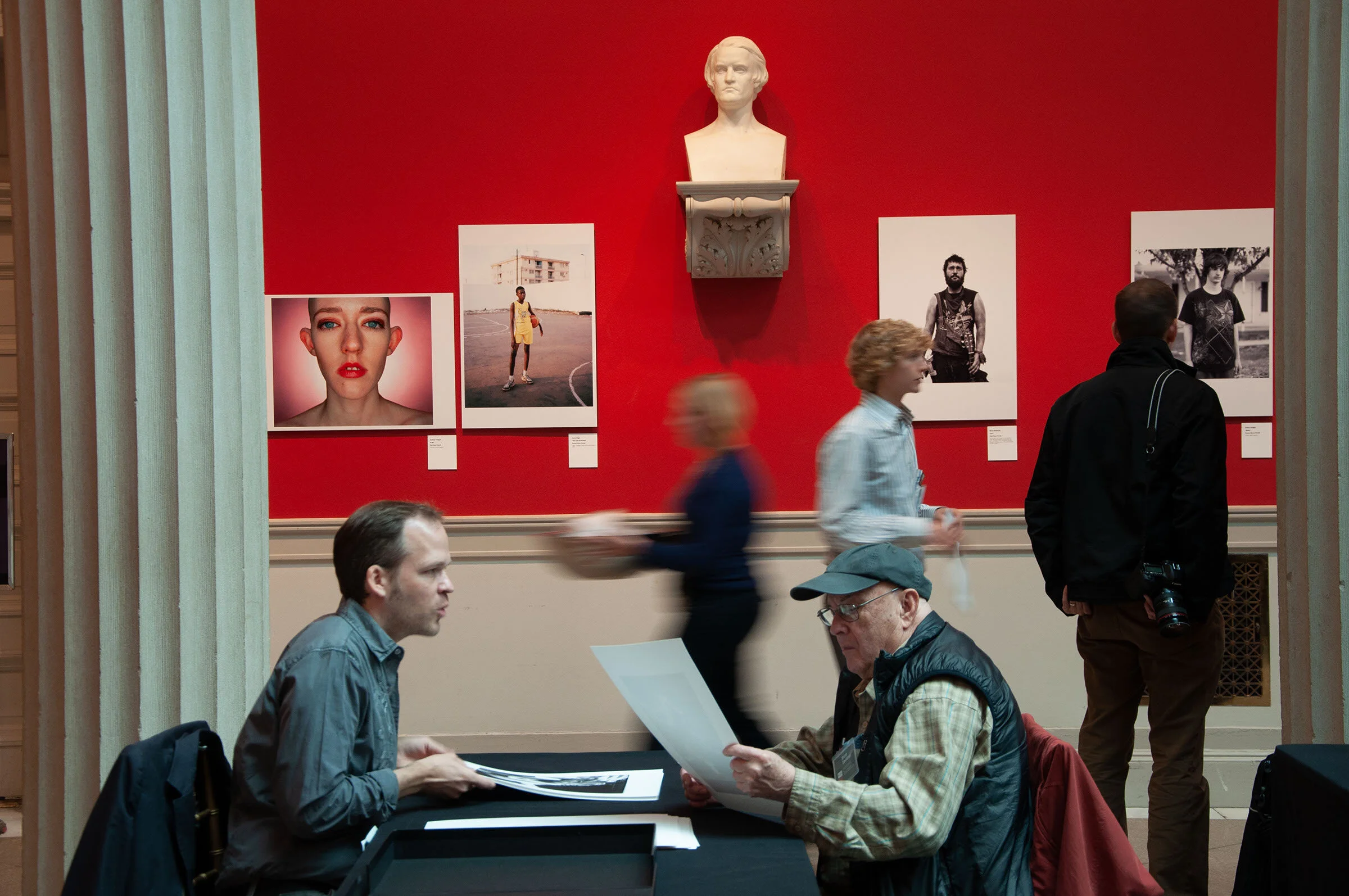
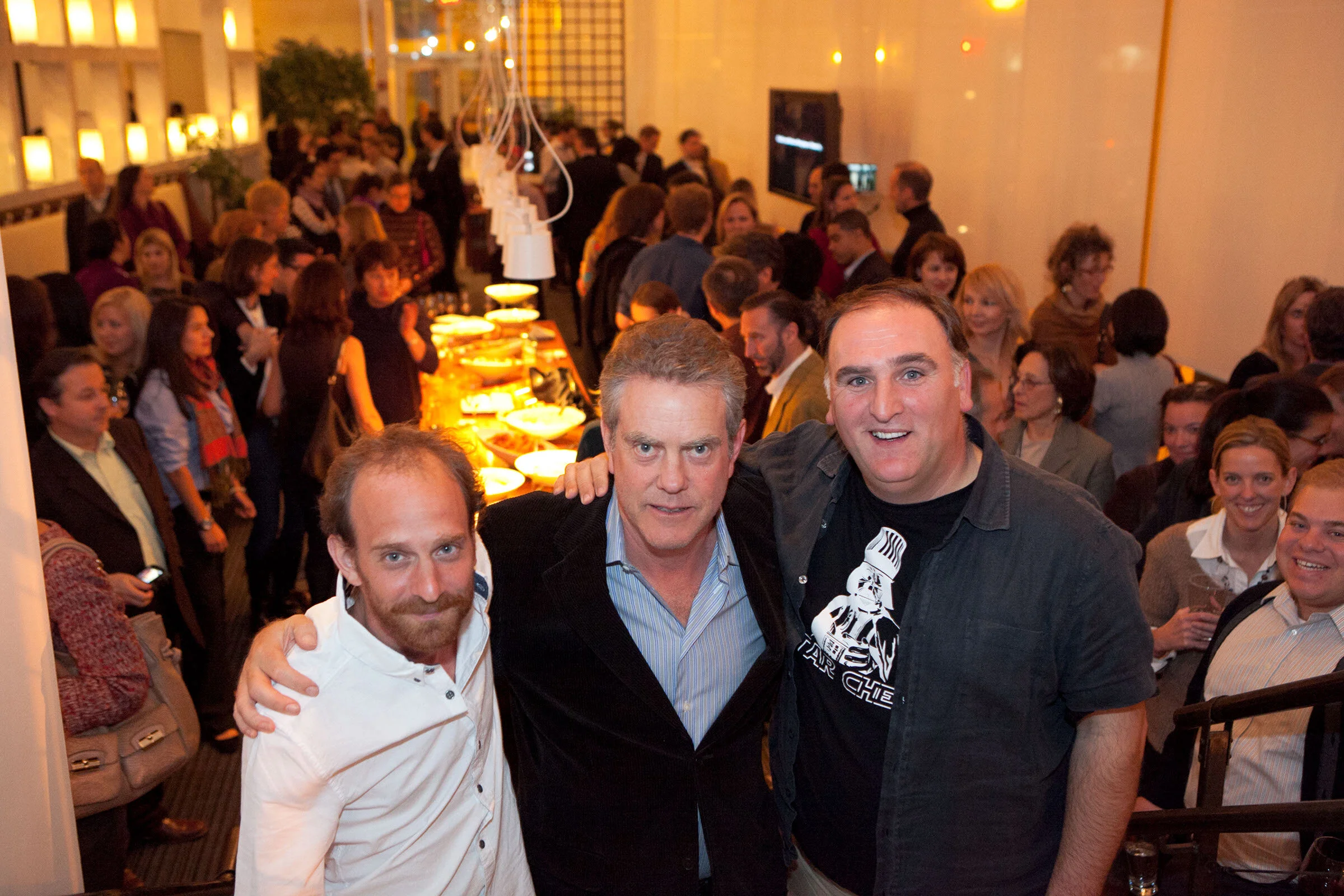
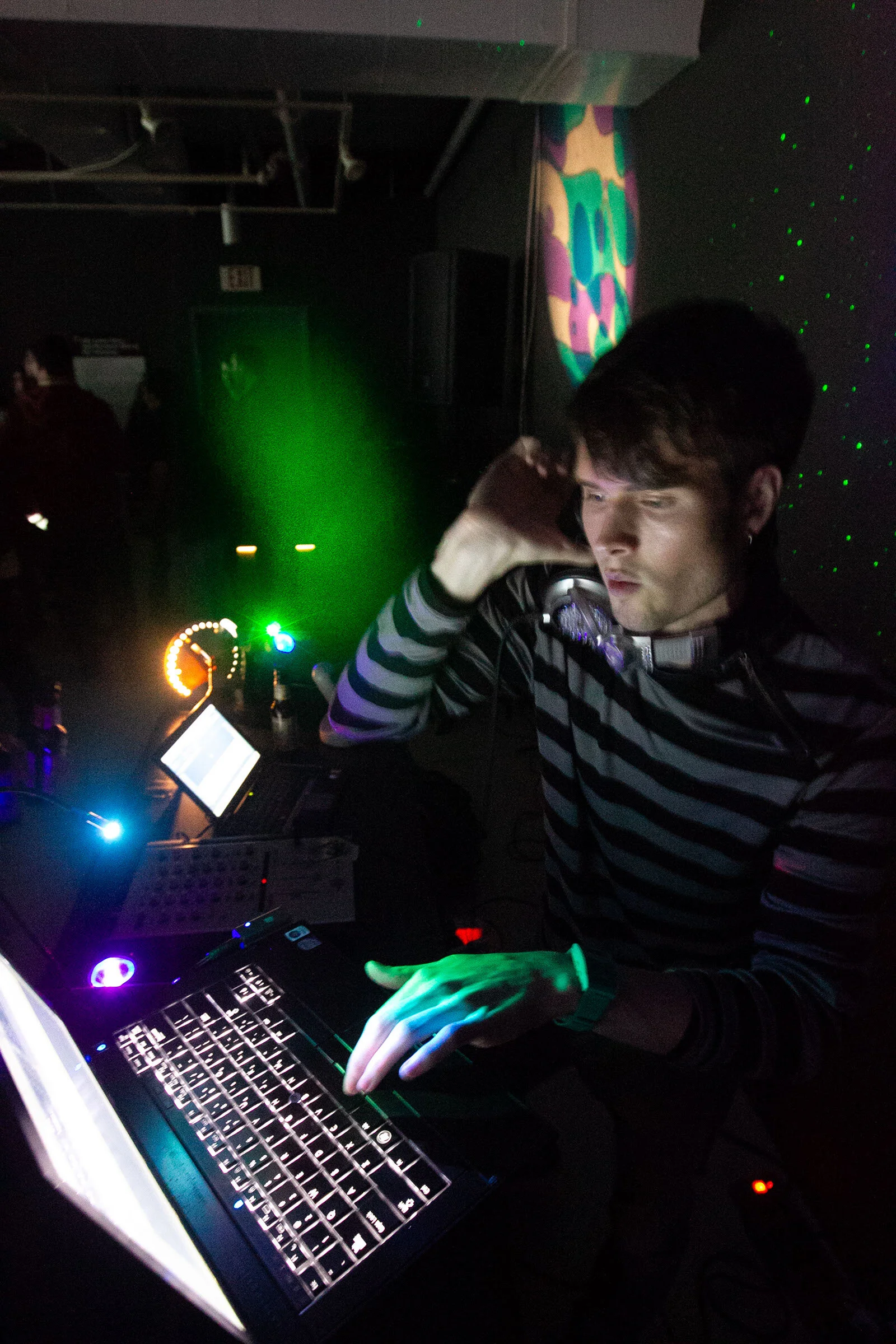
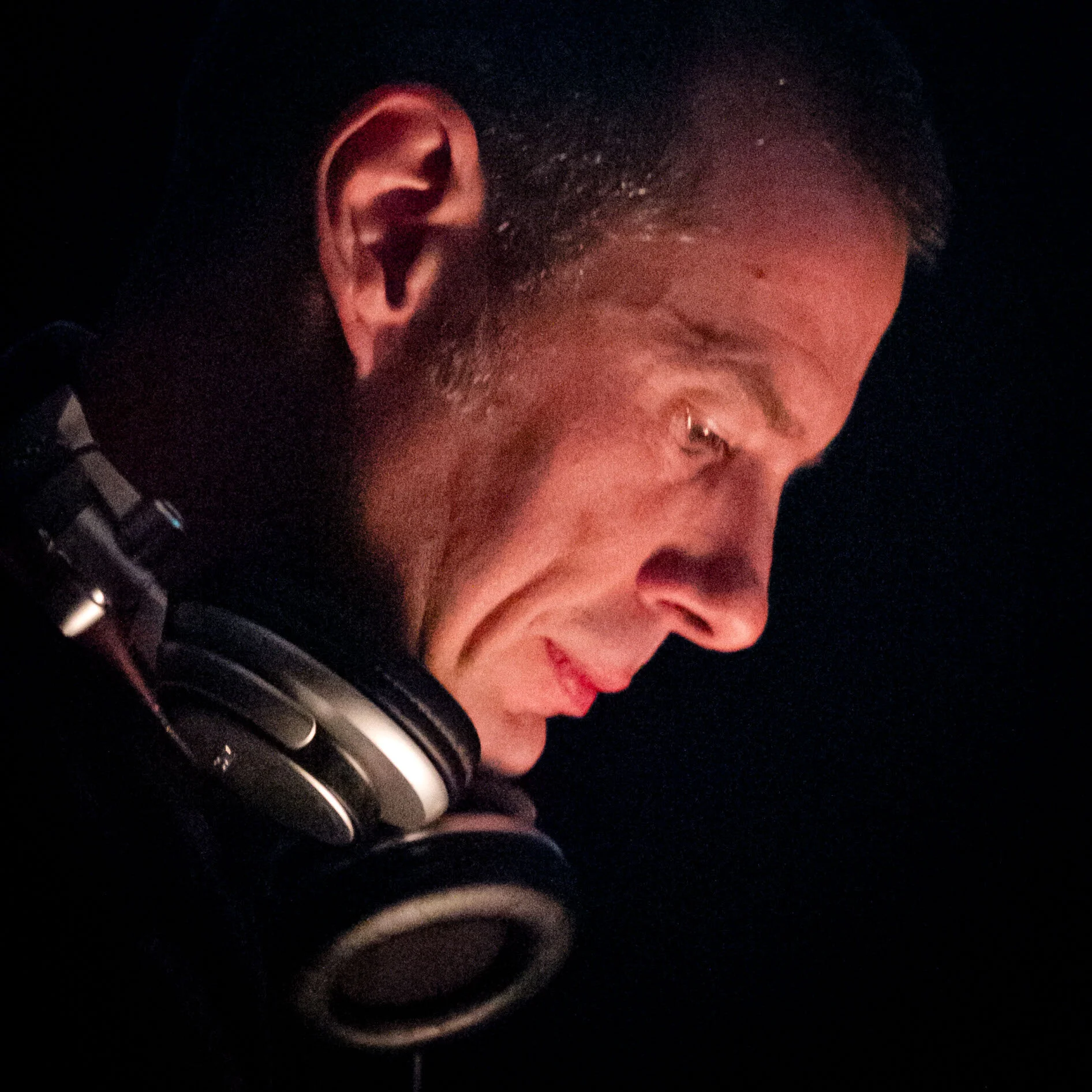

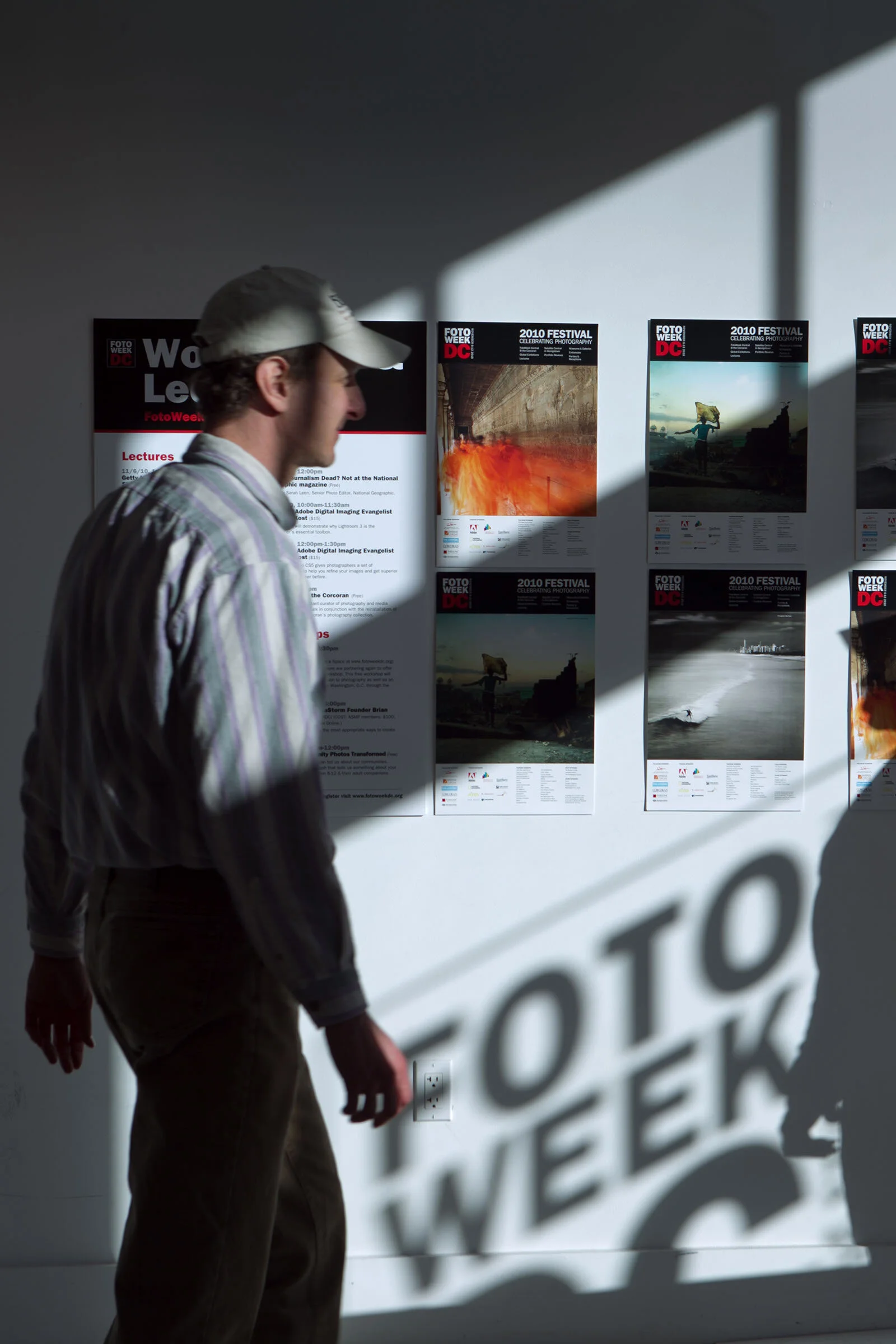
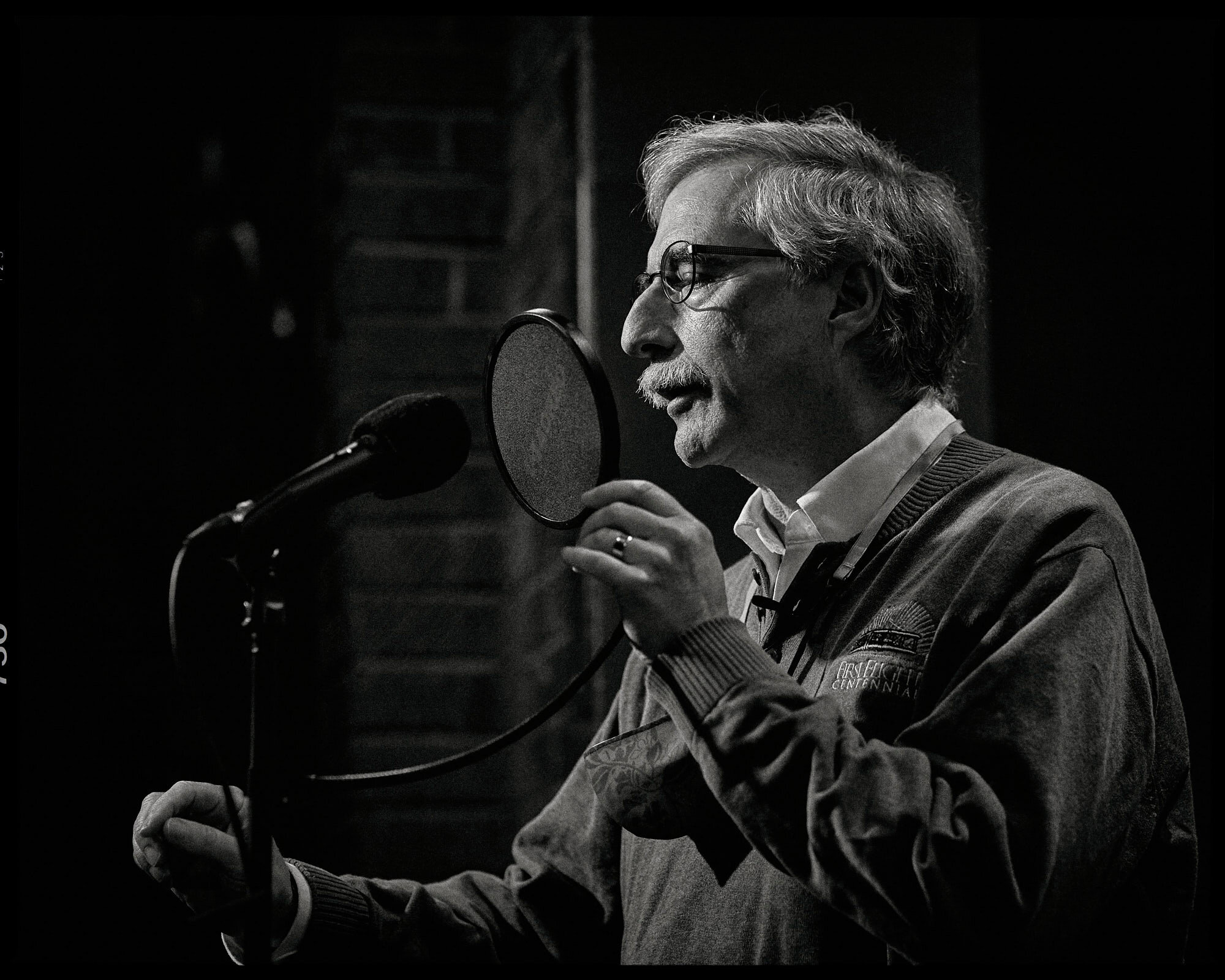

![Final Mission is performed live at the Little Theatre of Alexandria on October 20 and 22 for the Between Acts podcast. Between Acts is owned by Missing Link. [Image ©Matthew Rakola.]](https://images.squarespace-cdn.com/content/v1/5810b797414fb5635ec17858/1607722264762-WUBKPFFOFHIJVHV16UFM/BAS20105_FinalAssignment-0001.jpg)
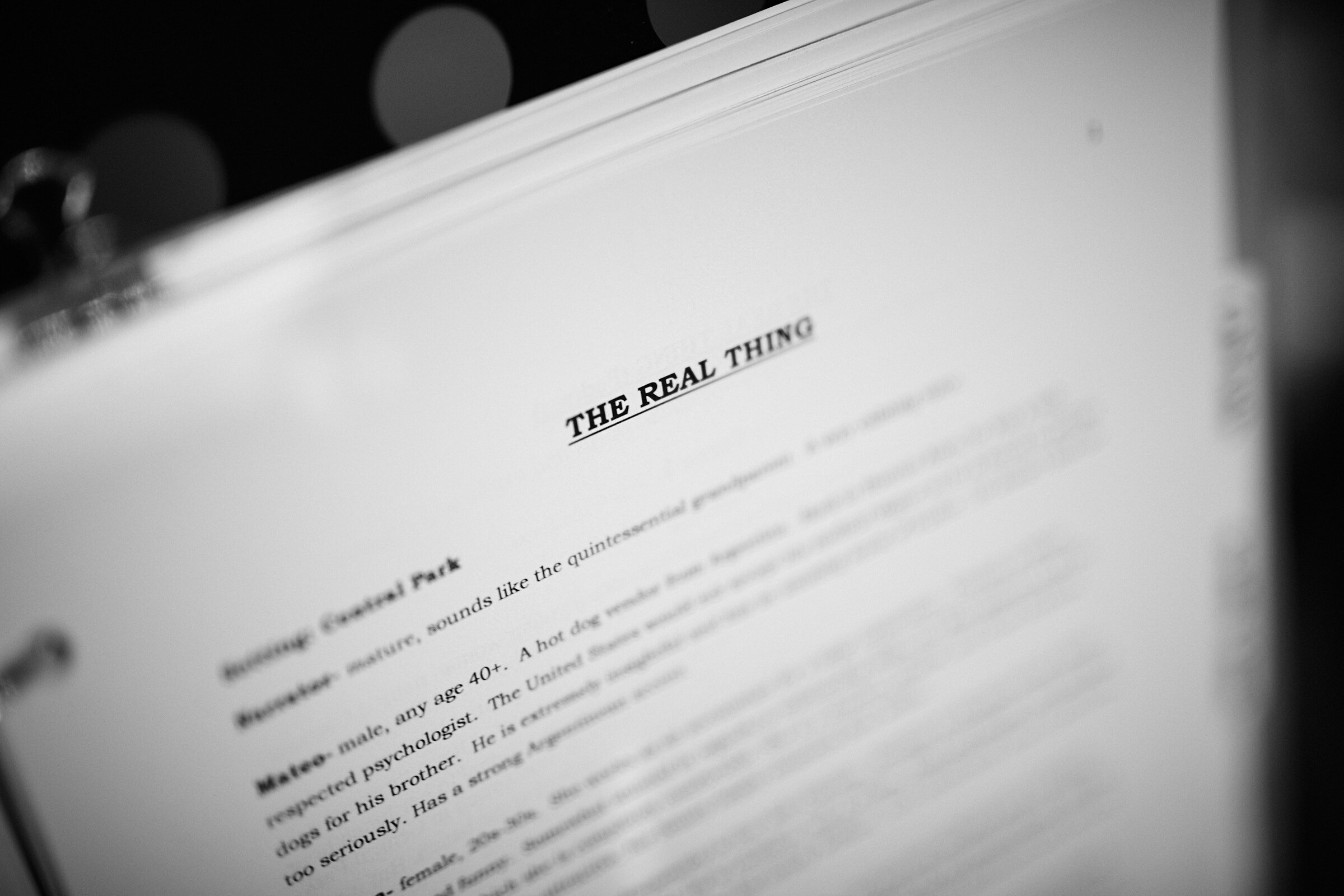
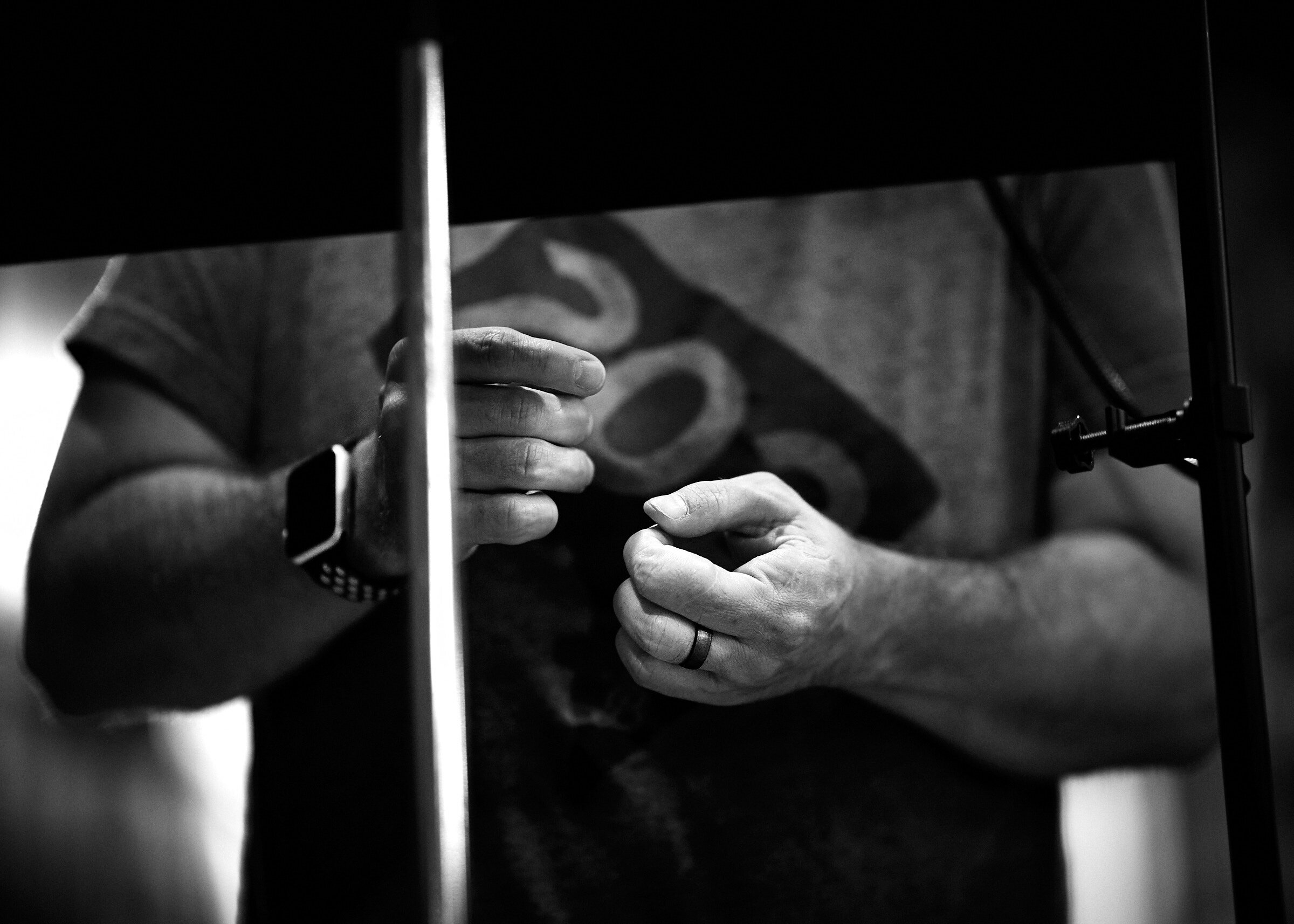
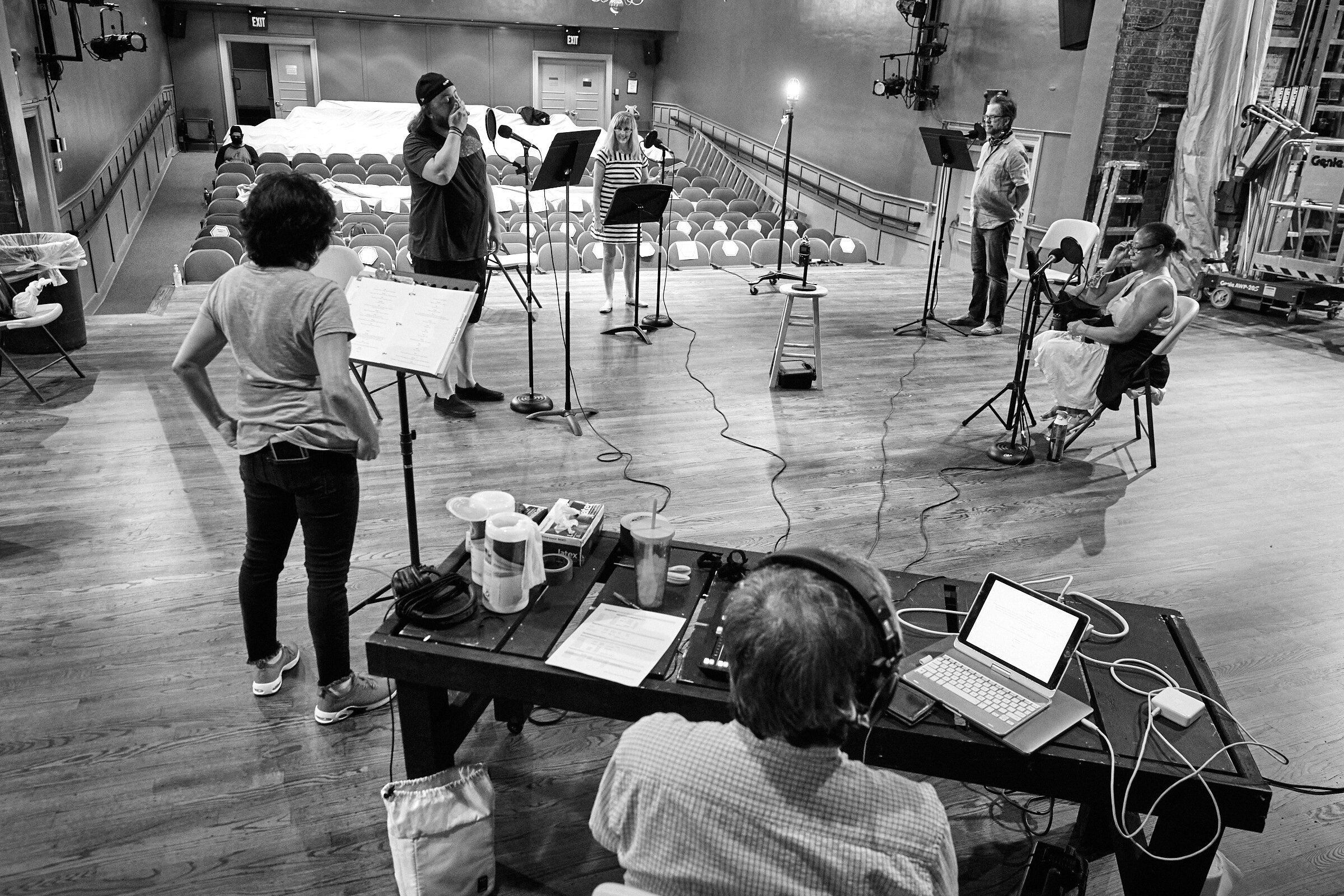
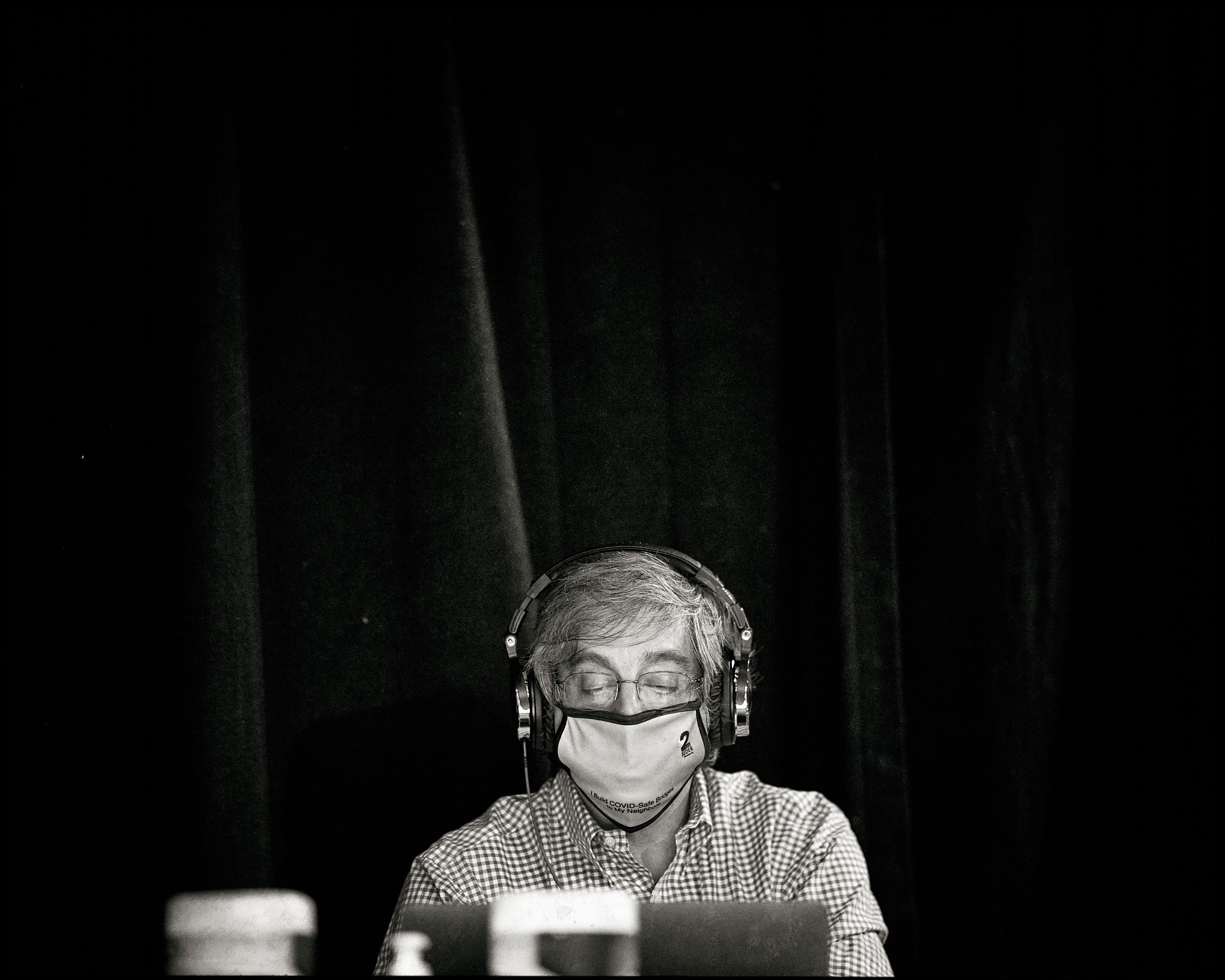
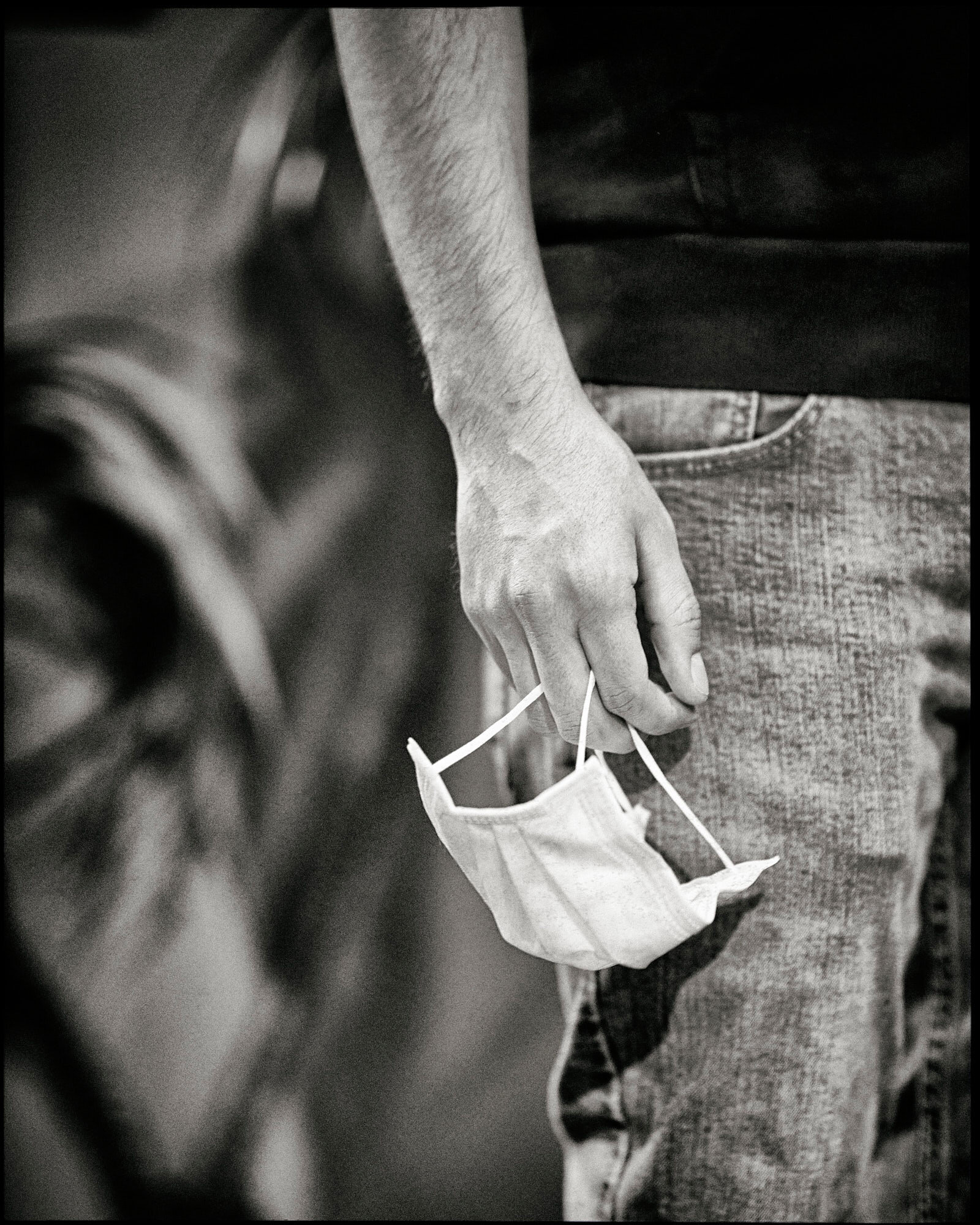
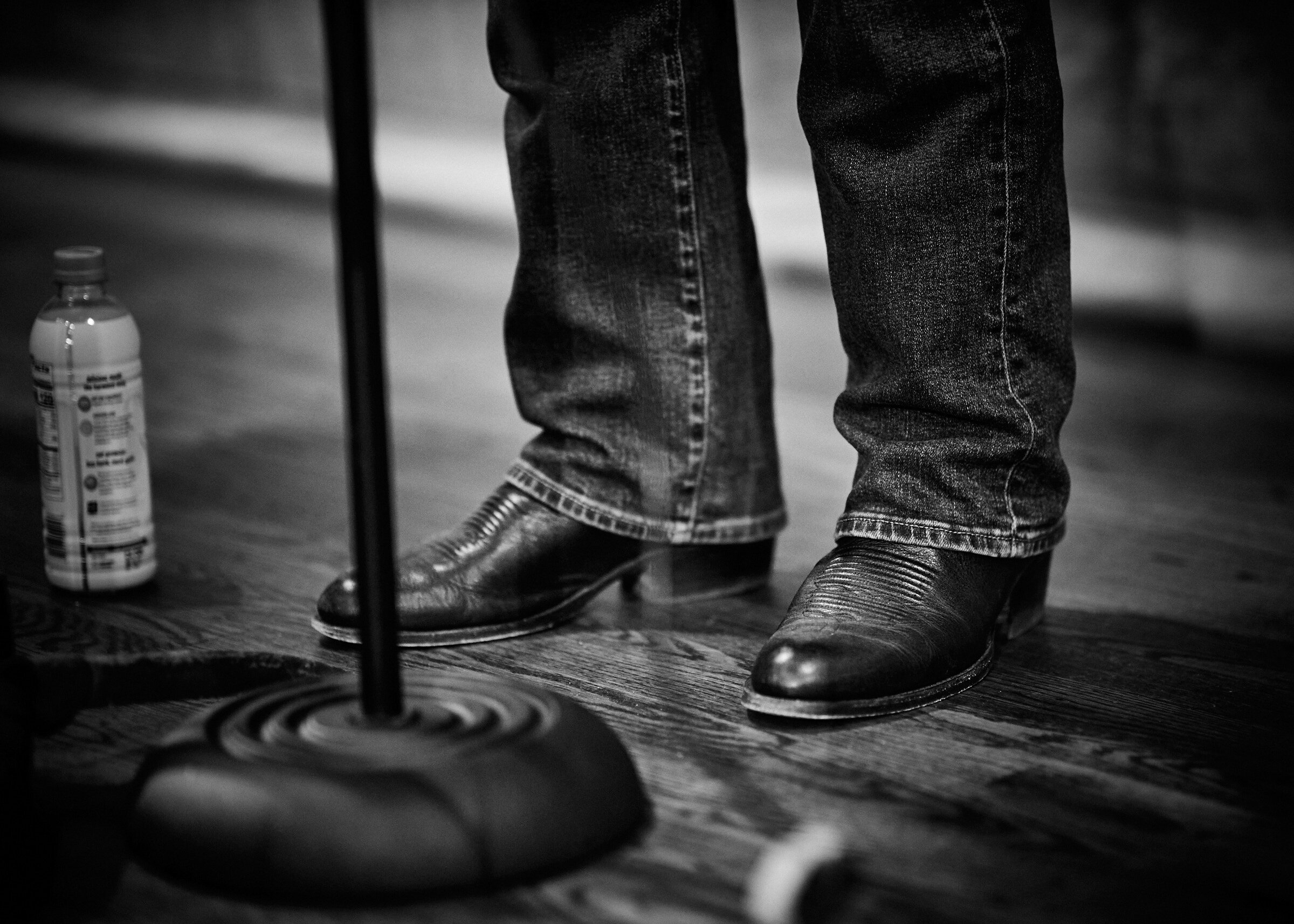
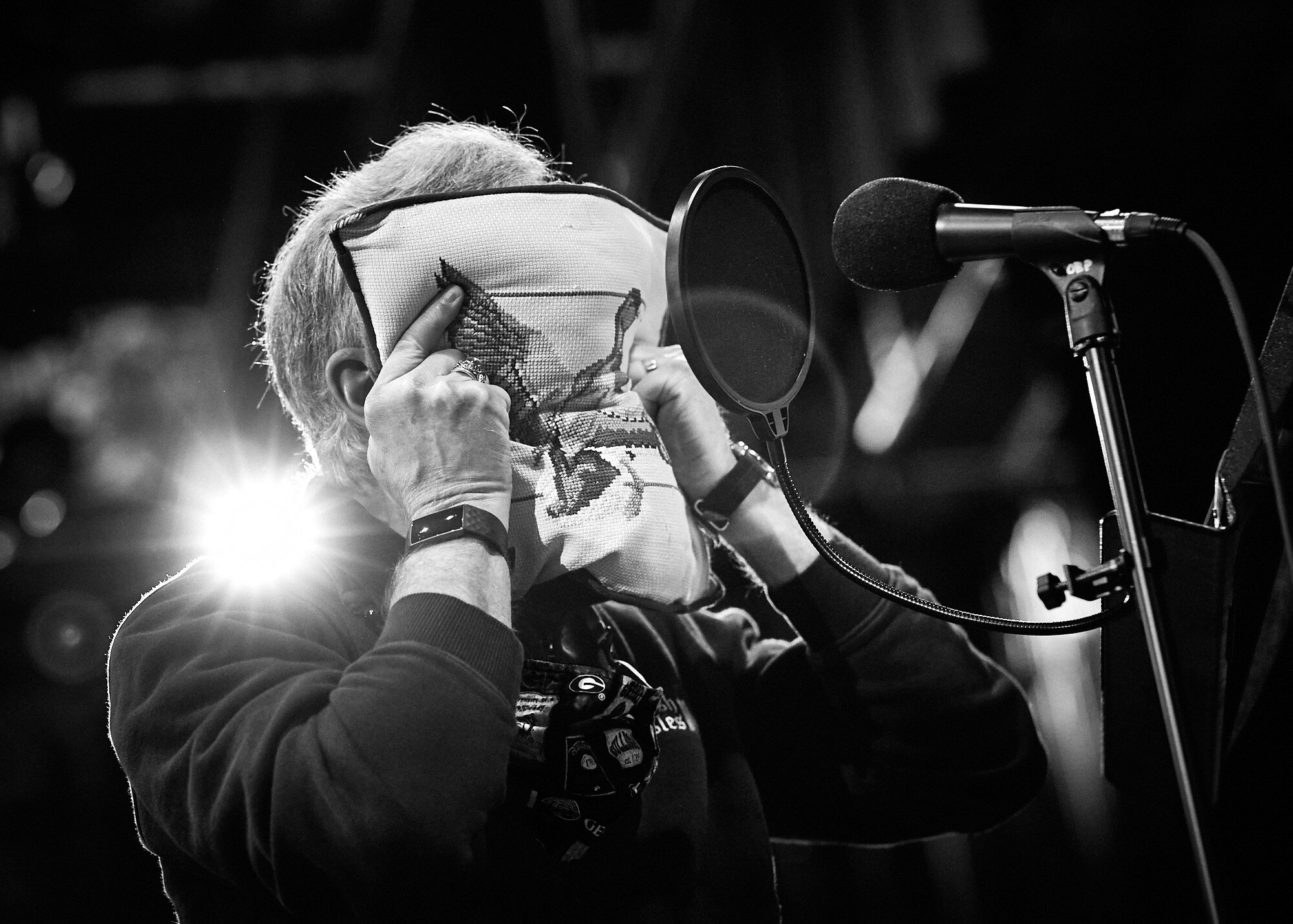
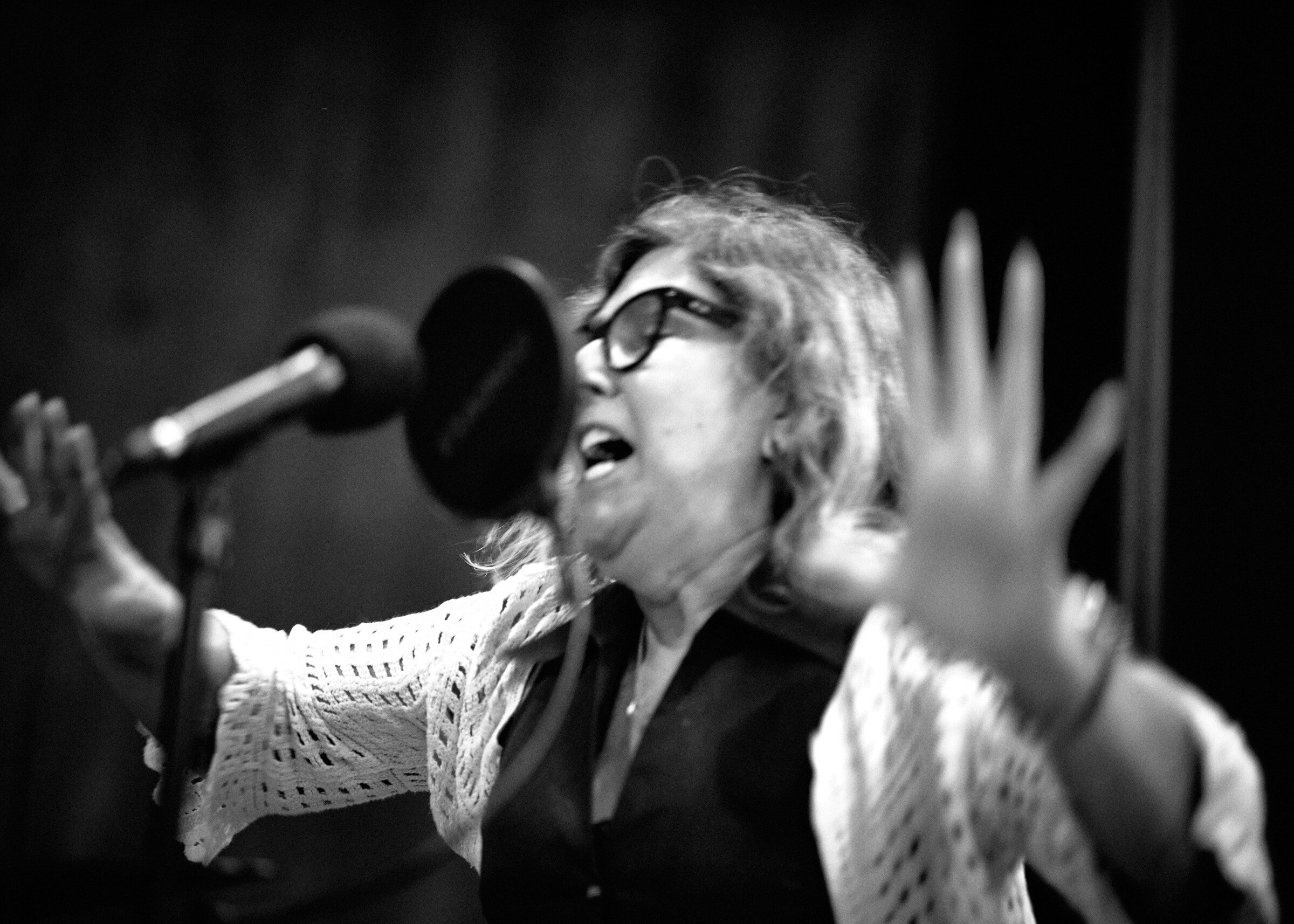
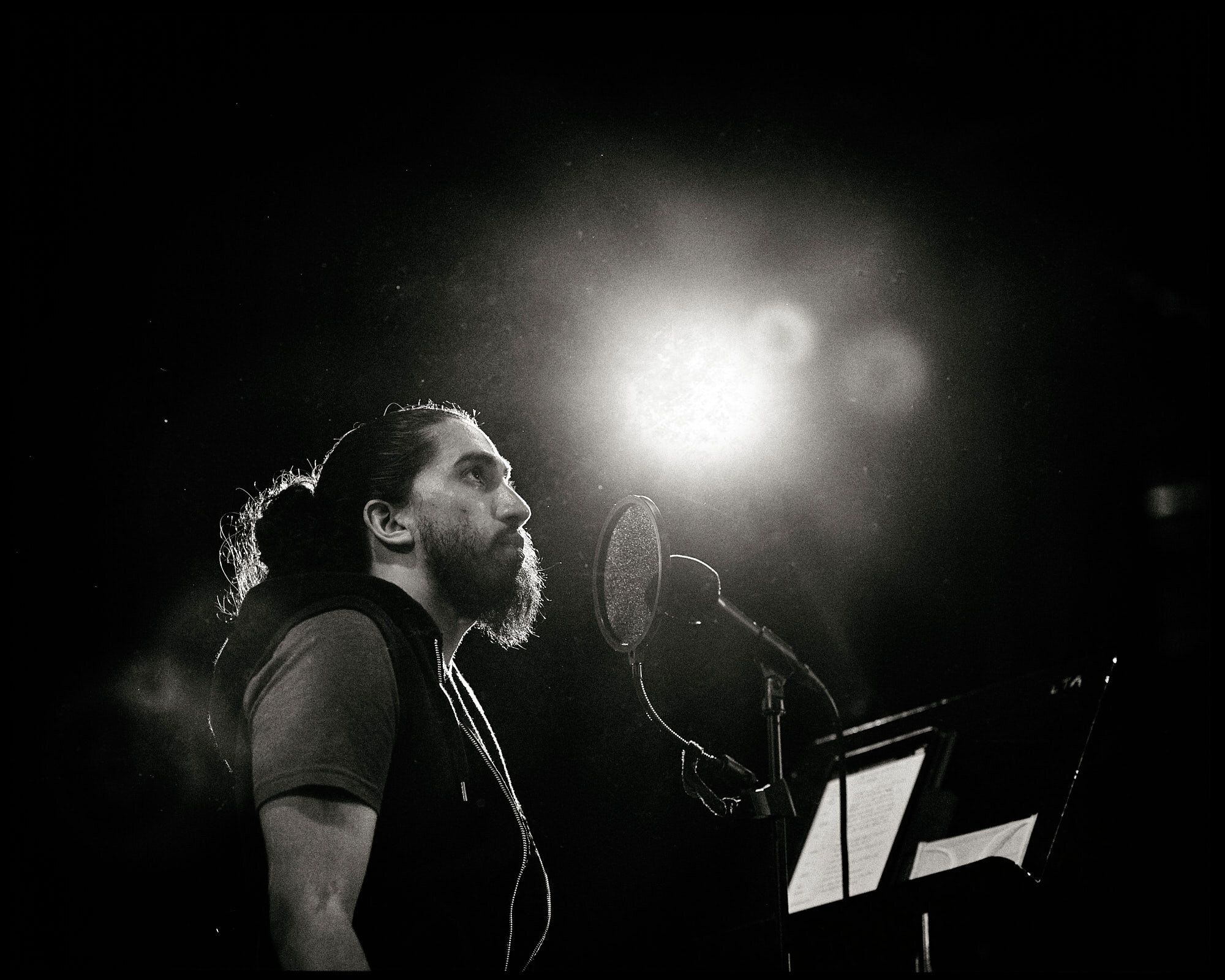
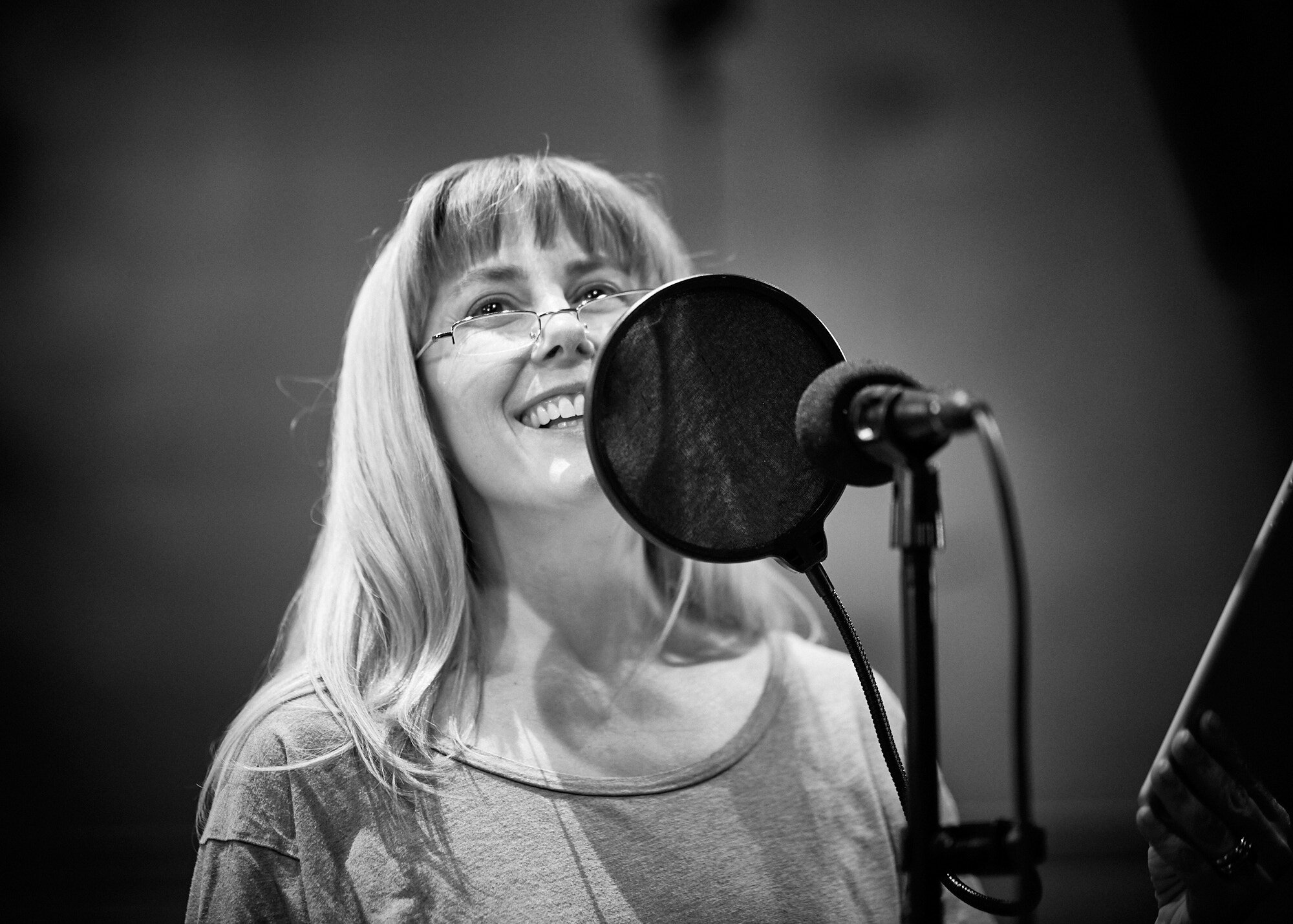
![Final Mission is performed live at the Little Theatre of Alexandria on October 20 and 22 for the Between Acts podcast. Between Acts is owned by Missing Link. [Image ©Matthew Rakola.]](https://images.squarespace-cdn.com/content/v1/5810b797414fb5635ec17858/1607722268998-1JDK0OF6ODHJ2O8IJSLZ/BAS20105_FinalAssignment-0010+1.jpg)
![Witch Way is Up, a podcast produced by Missing Link/Between Acts is performed live on stage at the Little Theatre of Alexandria, October 20 and 22, 2020. [image ©Matthew Rakola]](https://images.squarespace-cdn.com/content/v1/5810b797414fb5635ec17858/1607722282550-4O6C6LMFDWMCA0P1QBTK/BAS20108_WitchWayIsUp-0073+1.jpg)
![Final Mission is performed live at the Little Theatre of Alexandria on October 20 and 22 for the Between Acts podcast. Between Acts is owned by Missing Link. [Image ©Matthew Rakola.]](https://images.squarespace-cdn.com/content/v1/5810b797414fb5635ec17858/1607722272047-MXUS7CVBX2C6ZADDZU2T/BAS20105_FinalAssignment-0106+1.jpg)
![Final Mission is performed live at the Little Theatre of Alexandria on October 20 and 22 for the Between Acts podcast. Between Acts is owned by Missing Link. [Image ©Matthew Rakola.]](https://images.squarespace-cdn.com/content/v1/5810b797414fb5635ec17858/1607722269393-CKJZWEB9VMCG0V677JDG/BAS20105_FinalAssignment-0022+1.jpg)
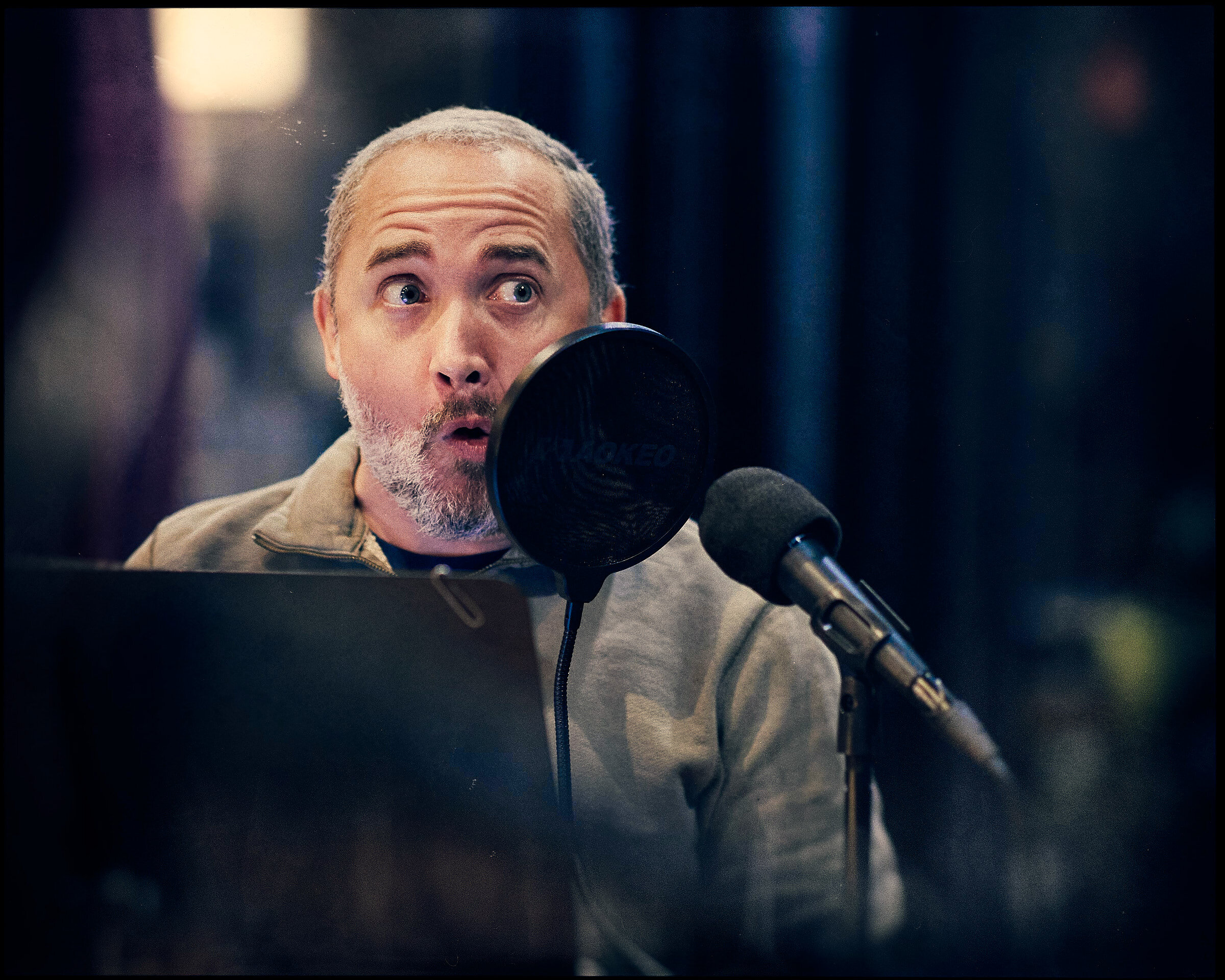
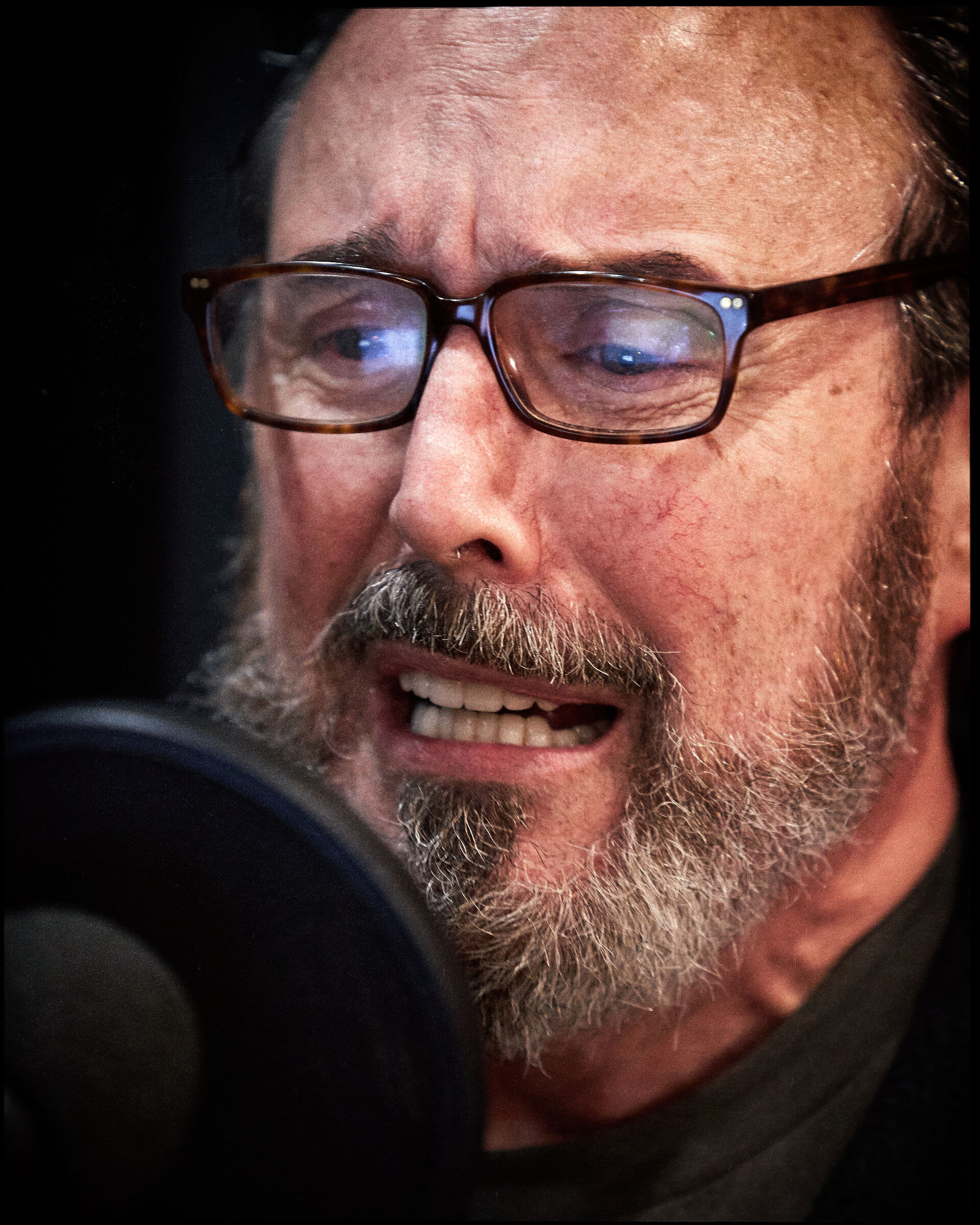
![Witch Way is Up, a podcast produced by Missing Link/Between Acts is performed live on stage at the Little Theatre of Alexandria, October 20 and 22, 2020. [image ©Matthew Rakola]](https://images.squarespace-cdn.com/content/v1/5810b797414fb5635ec17858/1607722285523-HHEJNY9OIQW6I32CRLE7/BAS20108_WitchWayIsUp-0077+1.jpg)
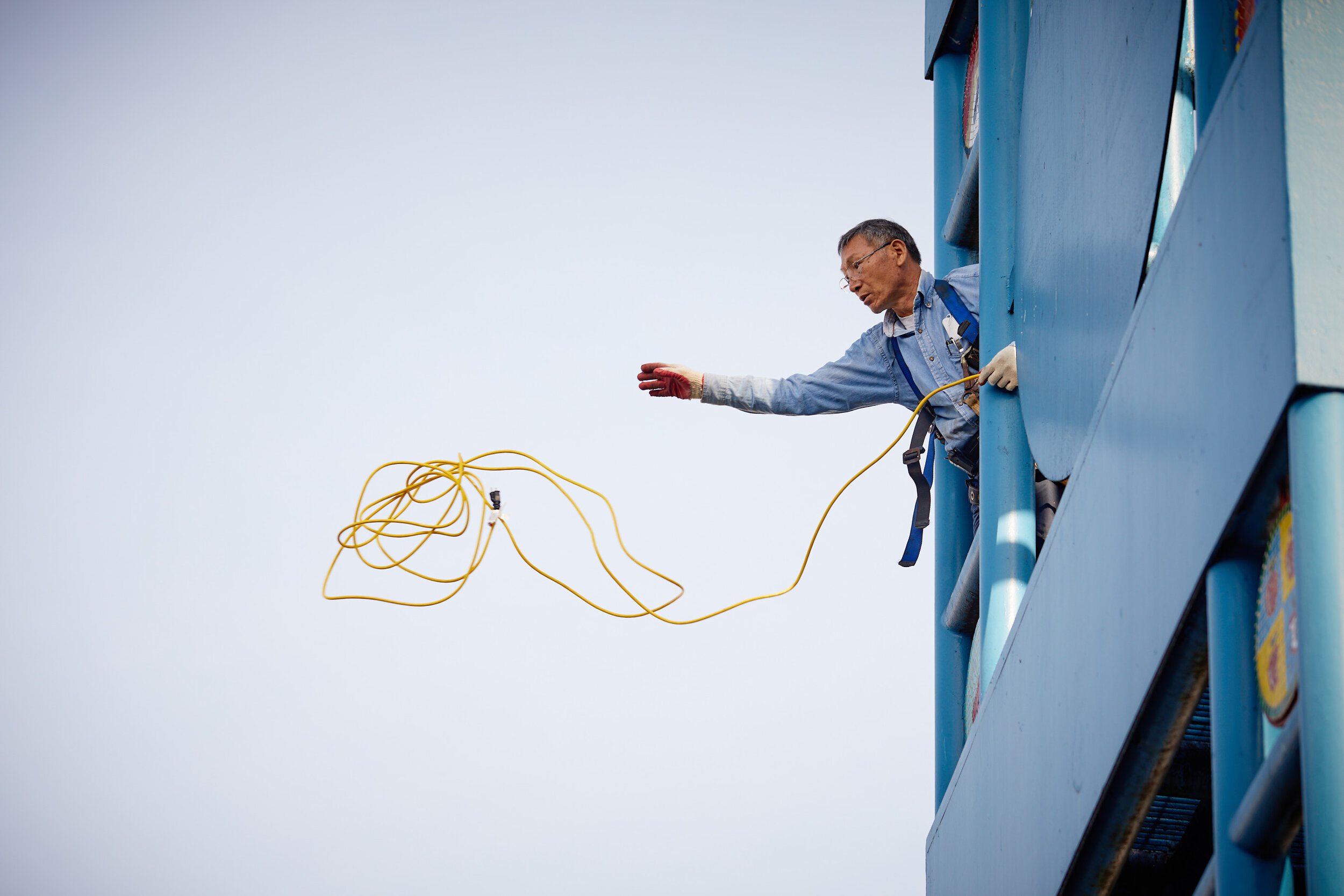

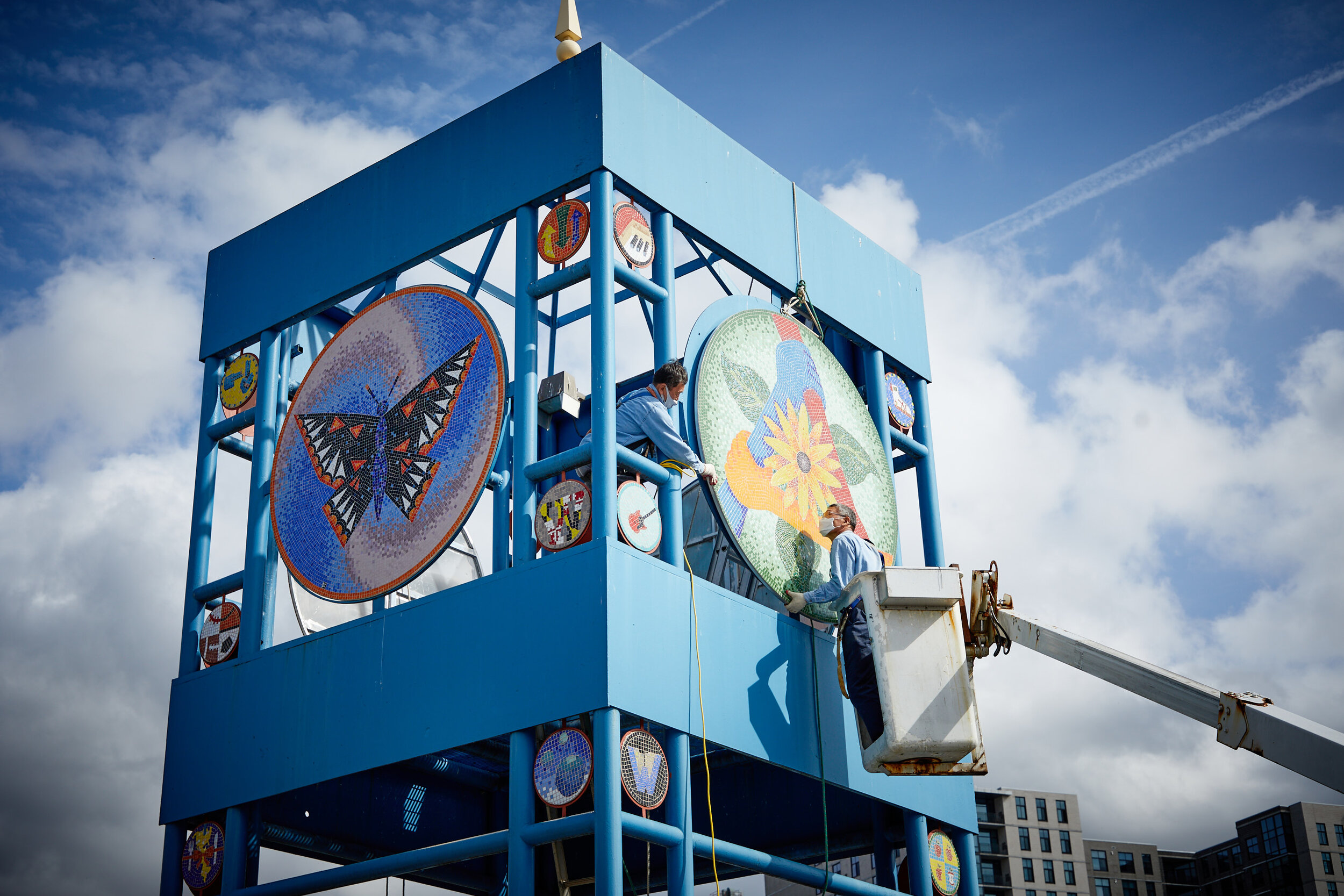
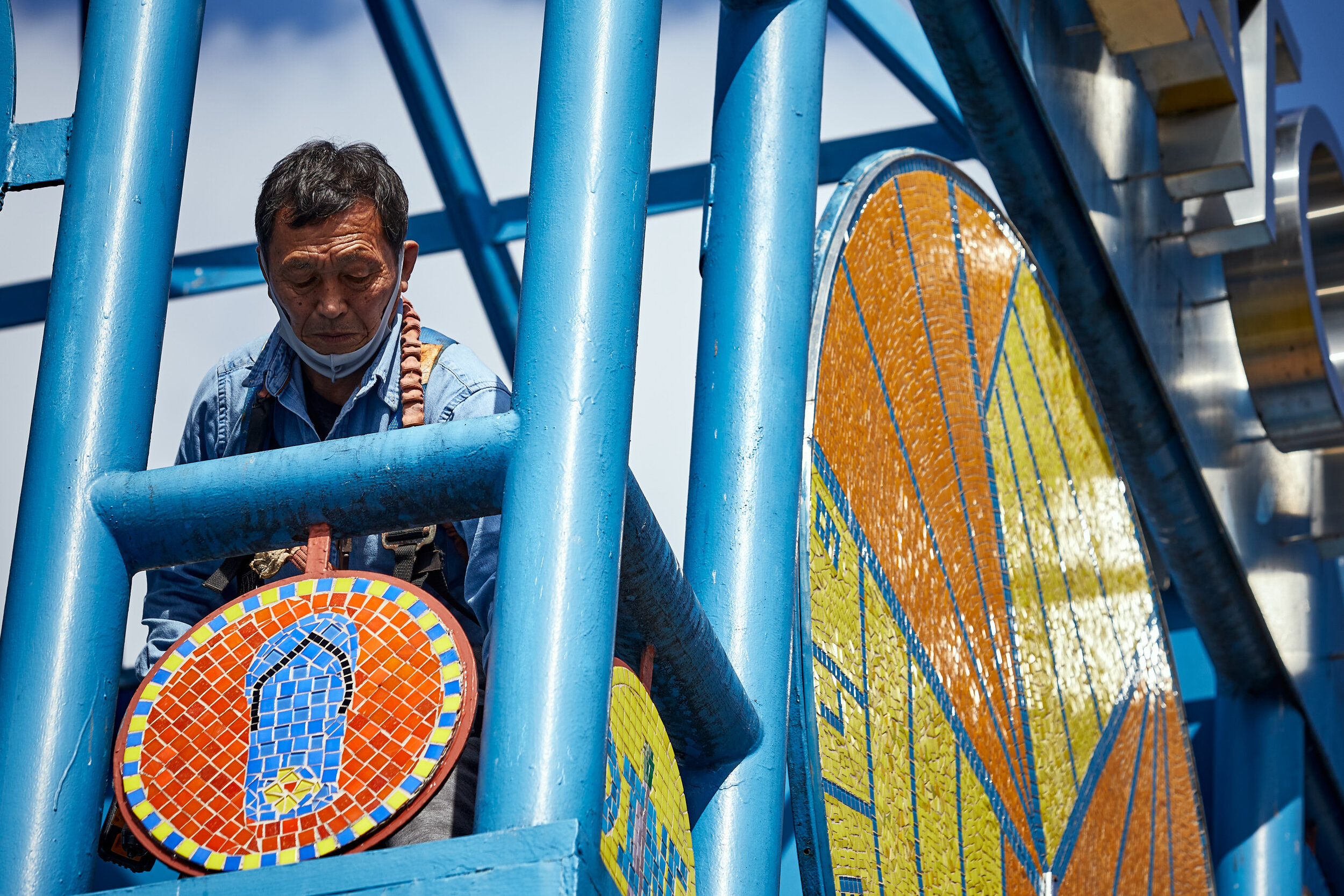
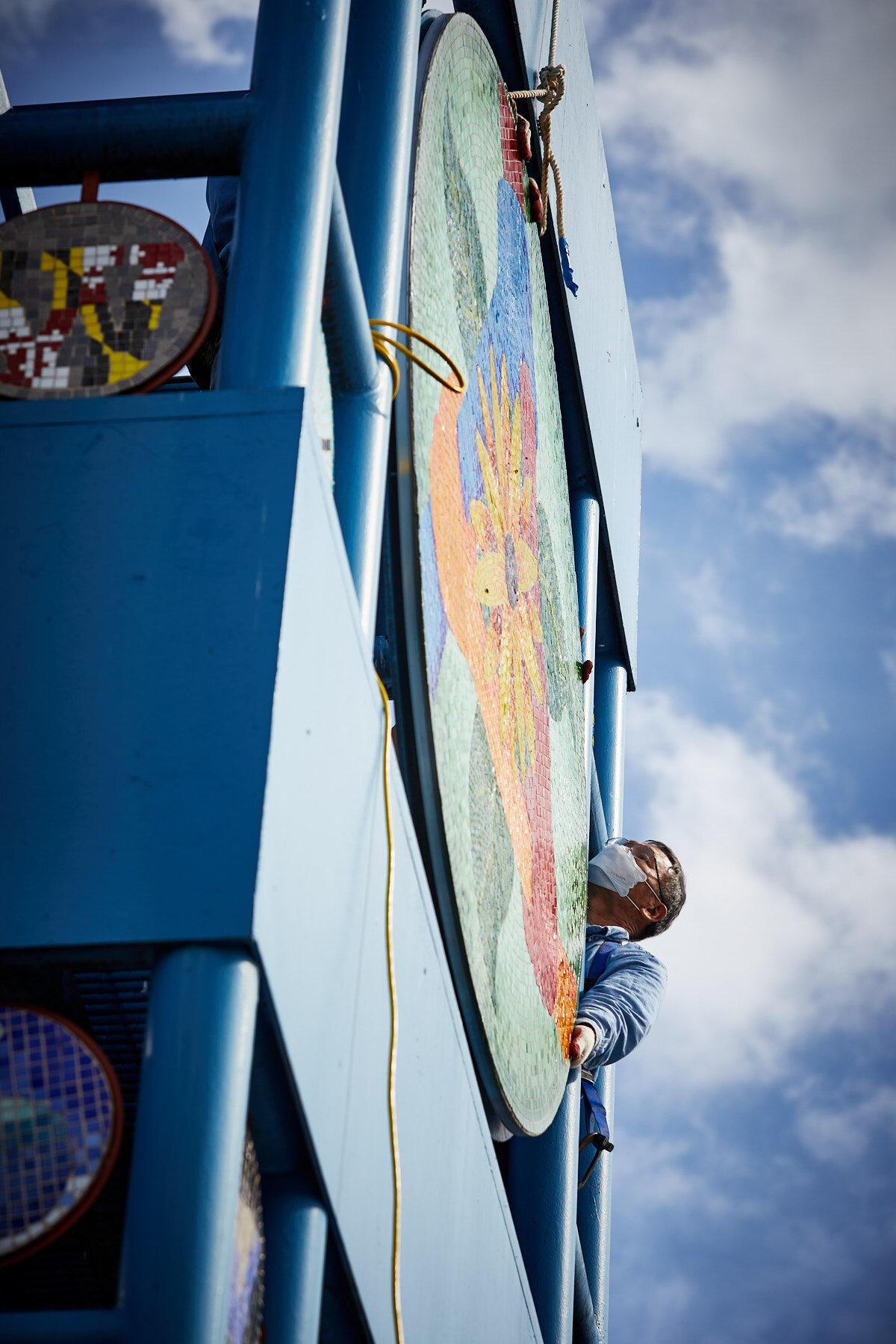
![Installation of "Meet Me at the Triangles" public art piece on October 22, 2020. [Image copyright Matthew Rakola. Use only with permission.]](https://images.squarespace-cdn.com/content/v1/5810b797414fb5635ec17858/1604069860158-BW0M9MDYK9TIGH7LVGIV/PW-20-10-22-0733.jpg)
![Installation of "Meet Me at the Triangles" public art piece on October 22, 2020. [Image copyright Matthew Rakola. Use only with permission.]](https://images.squarespace-cdn.com/content/v1/5810b797414fb5635ec17858/1604069853248-1AOK3RQOHO3SENM3EFFH/PW-20-10-22-0025.jpg)
![Installation of "Meet Me at the Triangles" public art piece on October 22, 2020. [Image copyright Matthew Rakola. Use only with permission.]](https://images.squarespace-cdn.com/content/v1/5810b797414fb5635ec17858/1604069853694-1NL8LNHSRMUM73KPVO87/PW-20-10-22-0132.jpg)
![Installation of "Meet Me at the Triangles" public art piece on October 22, 2020. [Image copyright Matthew Rakola. Use only with permission.]](https://images.squarespace-cdn.com/content/v1/5810b797414fb5635ec17858/1604069857000-0WFS47DO3TMI56KGD1YB/PW-20-10-22-0159.jpg)
![Installation of "Meet Me at the Triangles" public art piece on October 22, 2020. [Image copyright Matthew Rakola. Use only with permission.]](https://images.squarespace-cdn.com/content/v1/5810b797414fb5635ec17858/1604069861849-F7R9PHVPL6VJV1SDABPD/PW-20-10-22-0790.jpg)
![Installation of "Meet Me at the Triangles" public art piece on October 22, 2020. [Image copyright Matthew Rakola. Use only with permission.]](https://images.squarespace-cdn.com/content/v1/5810b797414fb5635ec17858/1604069867902-MJLVNXFM8XEWZM6AHJU0/PW-20-10-22-diptych-stars.jpg)
![Installation of "Meet Me at the Triangles" public art piece on October 22, 2020. [Image copyright Matthew Rakola. Use only with permission.]](https://images.squarespace-cdn.com/content/v1/5810b797414fb5635ec17858/1604069864136-OMPPZRE4F2XAK0QOQZGY/PW-20-10-22-0925.jpg)
![Installation of "Meet Me at the Triangles" public art piece on October 22, 2020. [Image copyright Matthew Rakola. Use only with permission.]](https://images.squarespace-cdn.com/content/v1/5810b797414fb5635ec17858/1604069856439-2DTFR4H97DRZFN1KO995/PW-20-10-22-0654.jpg)
![Installation of "Meet Me at the Triangles" public art piece on October 22, 2020. [Image copyright Matthew Rakola. Use only with permission.]](https://images.squarespace-cdn.com/content/v1/5810b797414fb5635ec17858/1604069859207-2F4355LHQ829ESG0M7H0/PW-20-10-22-0685.jpg)
![Installation of "Meet Me at the Triangles" public art piece on October 22, 2020. [Image copyright Matthew Rakola. Use only with permission.]](https://images.squarespace-cdn.com/content/v1/5810b797414fb5635ec17858/1604069866169-CUM5TIX66W5HUS2J65L2/PW-20-10-22-diptych_halvestoawhole.jpg)